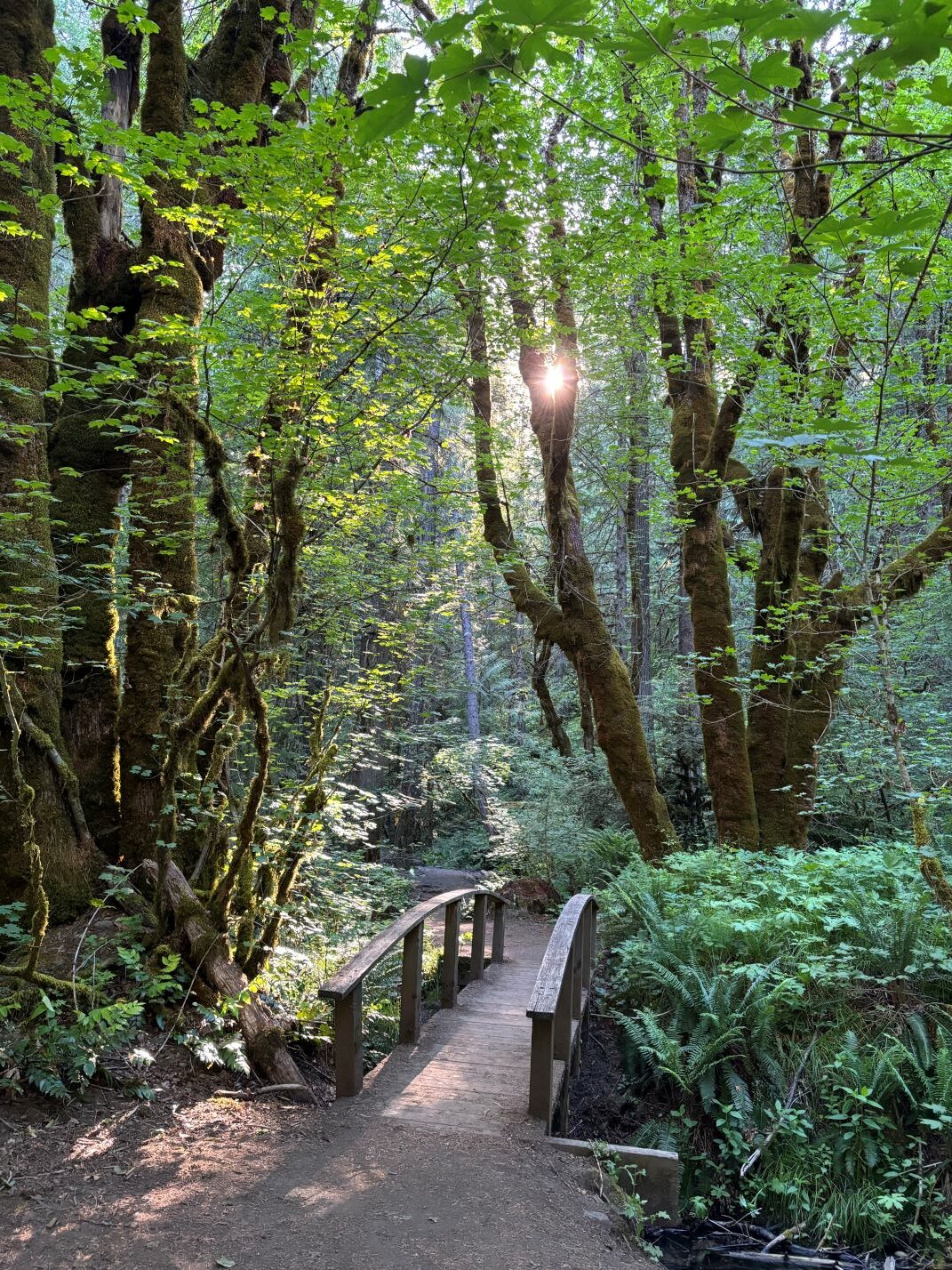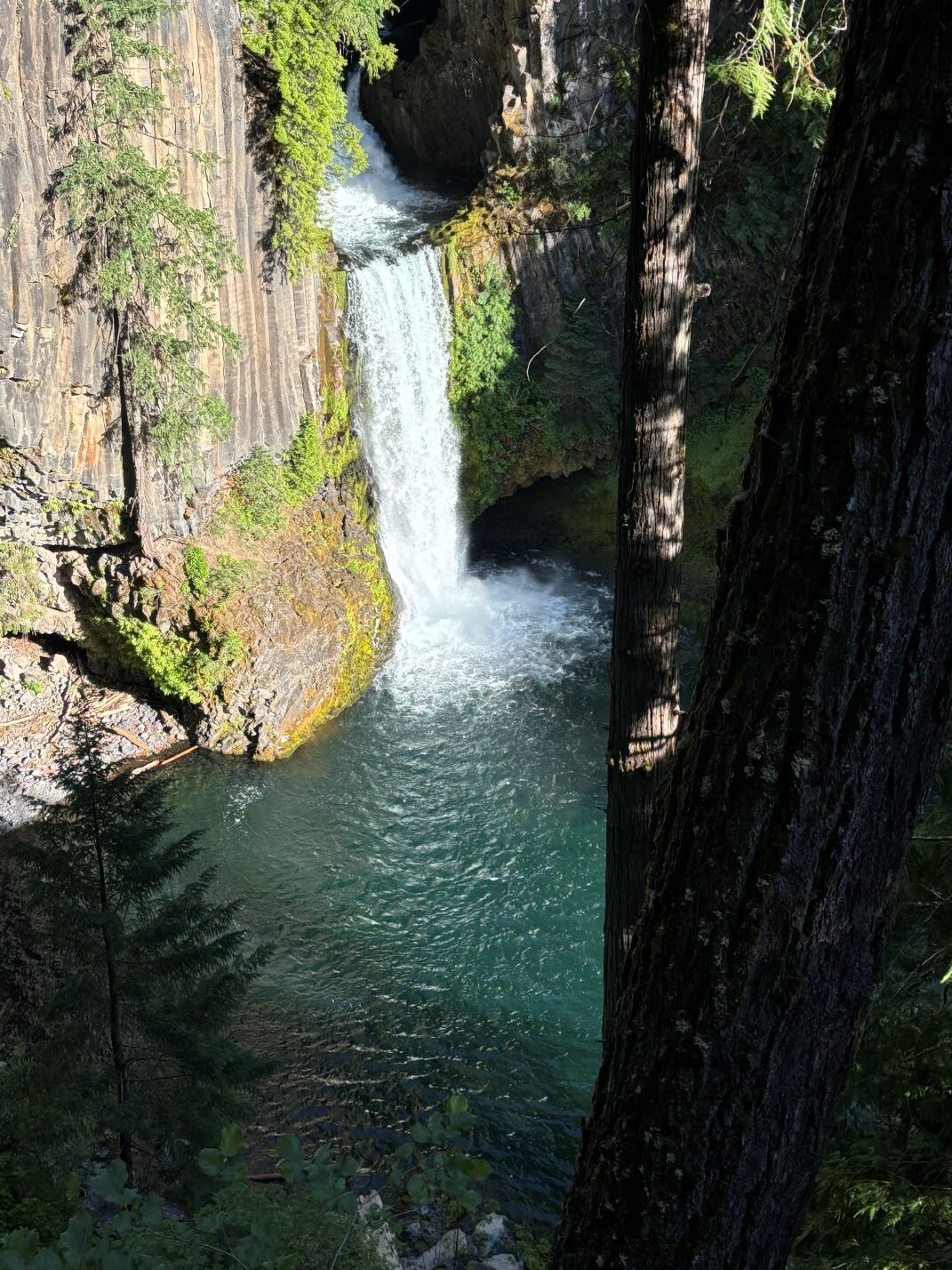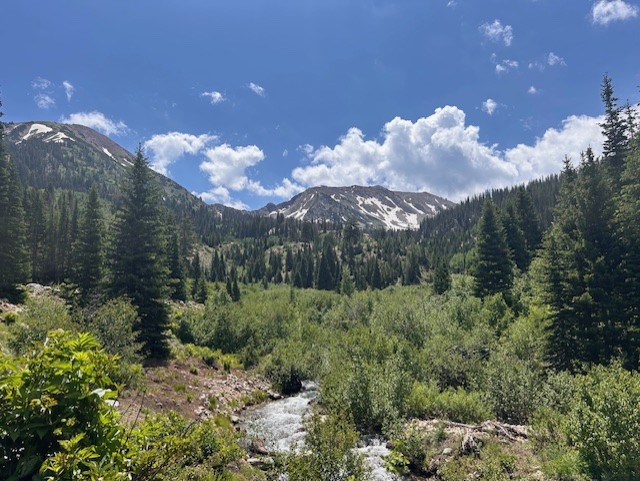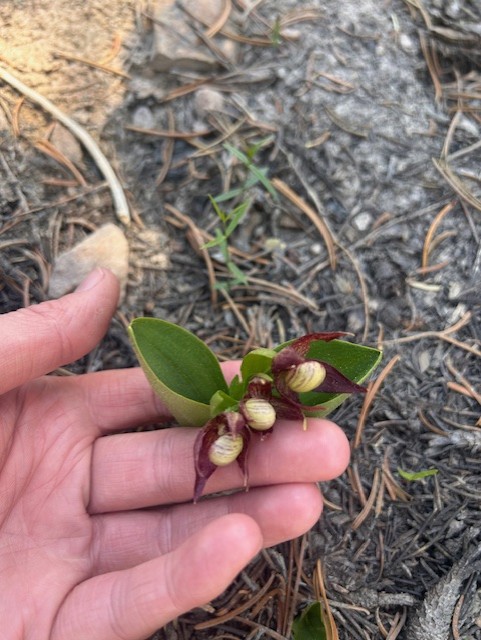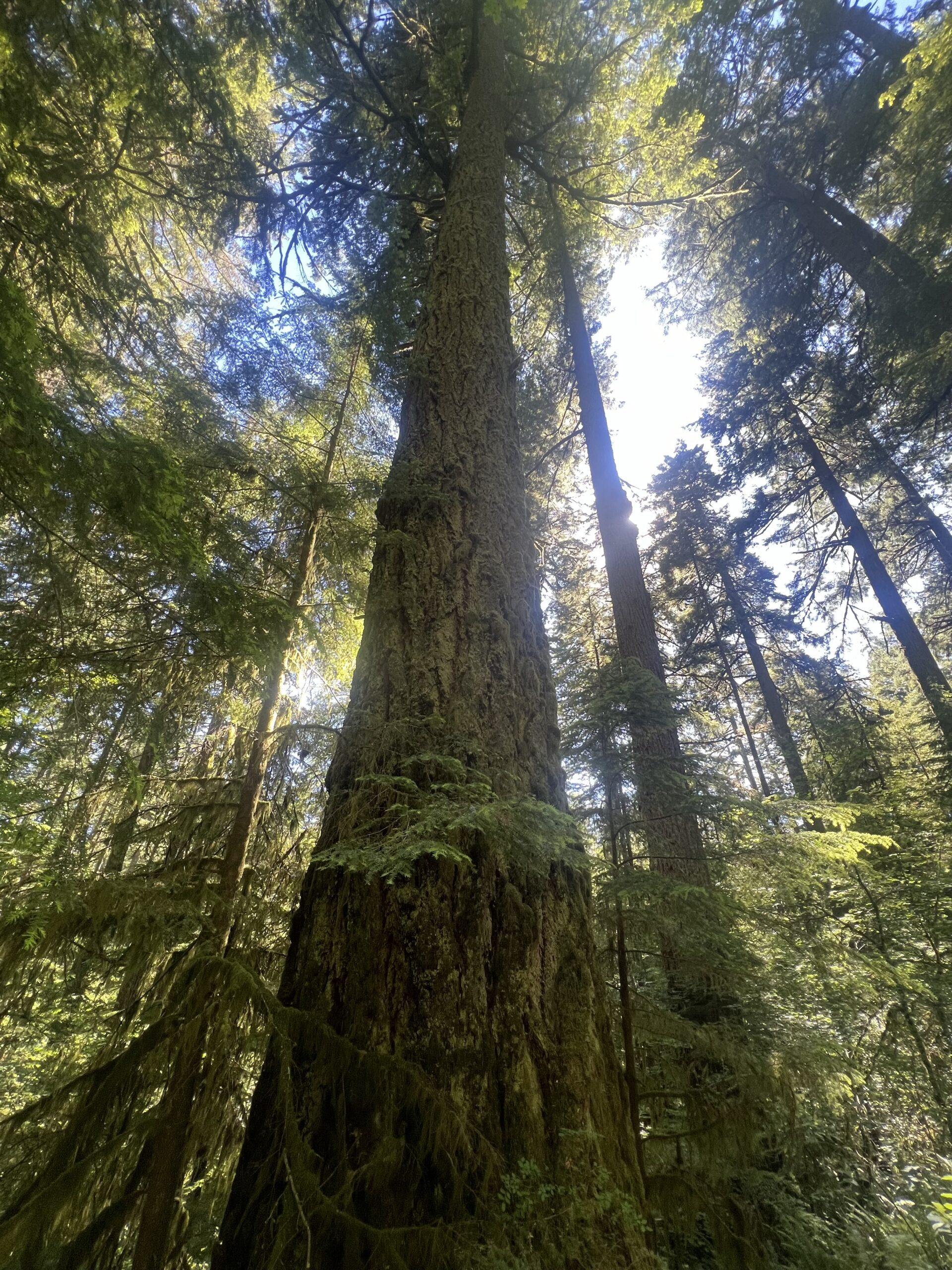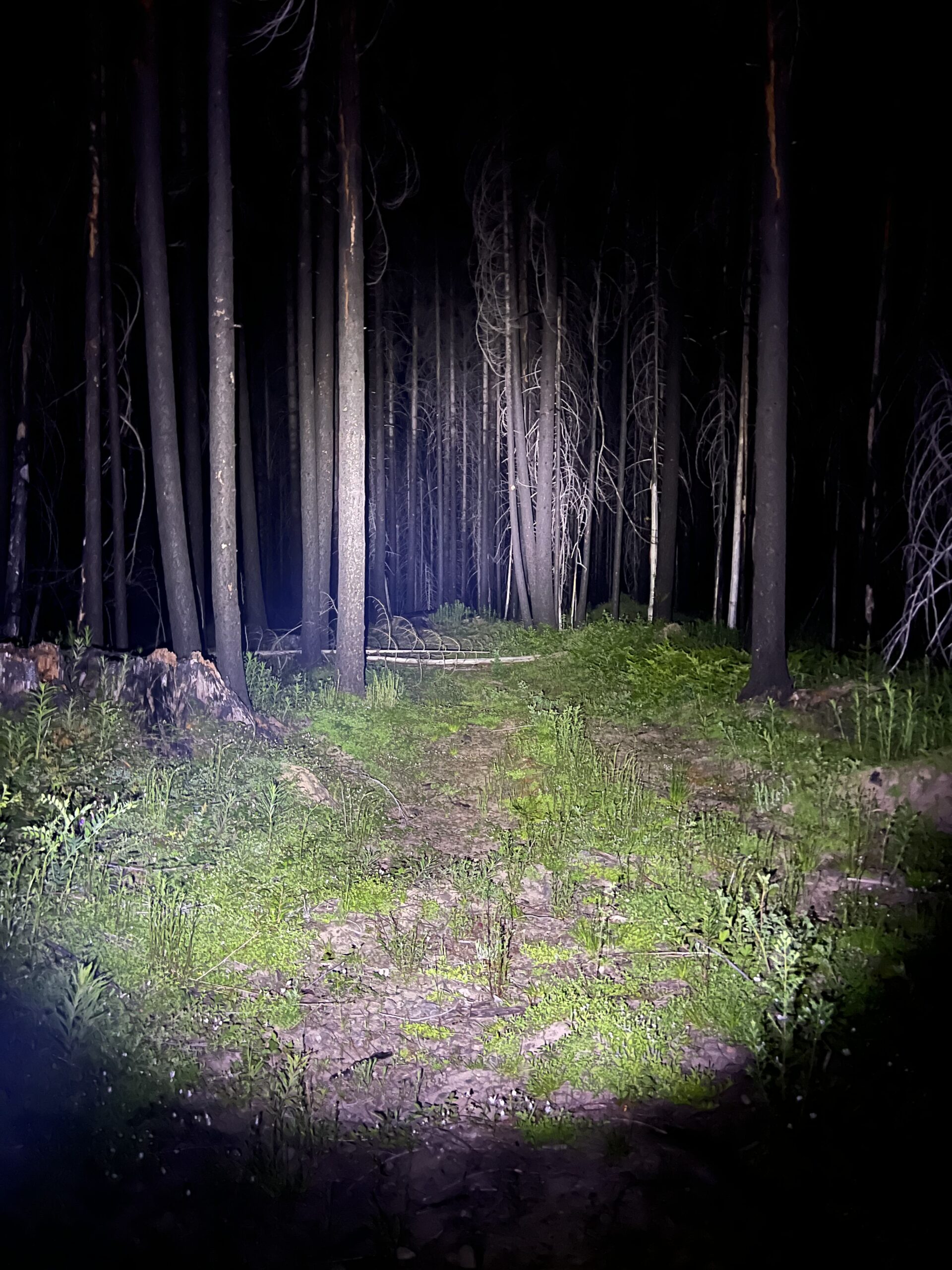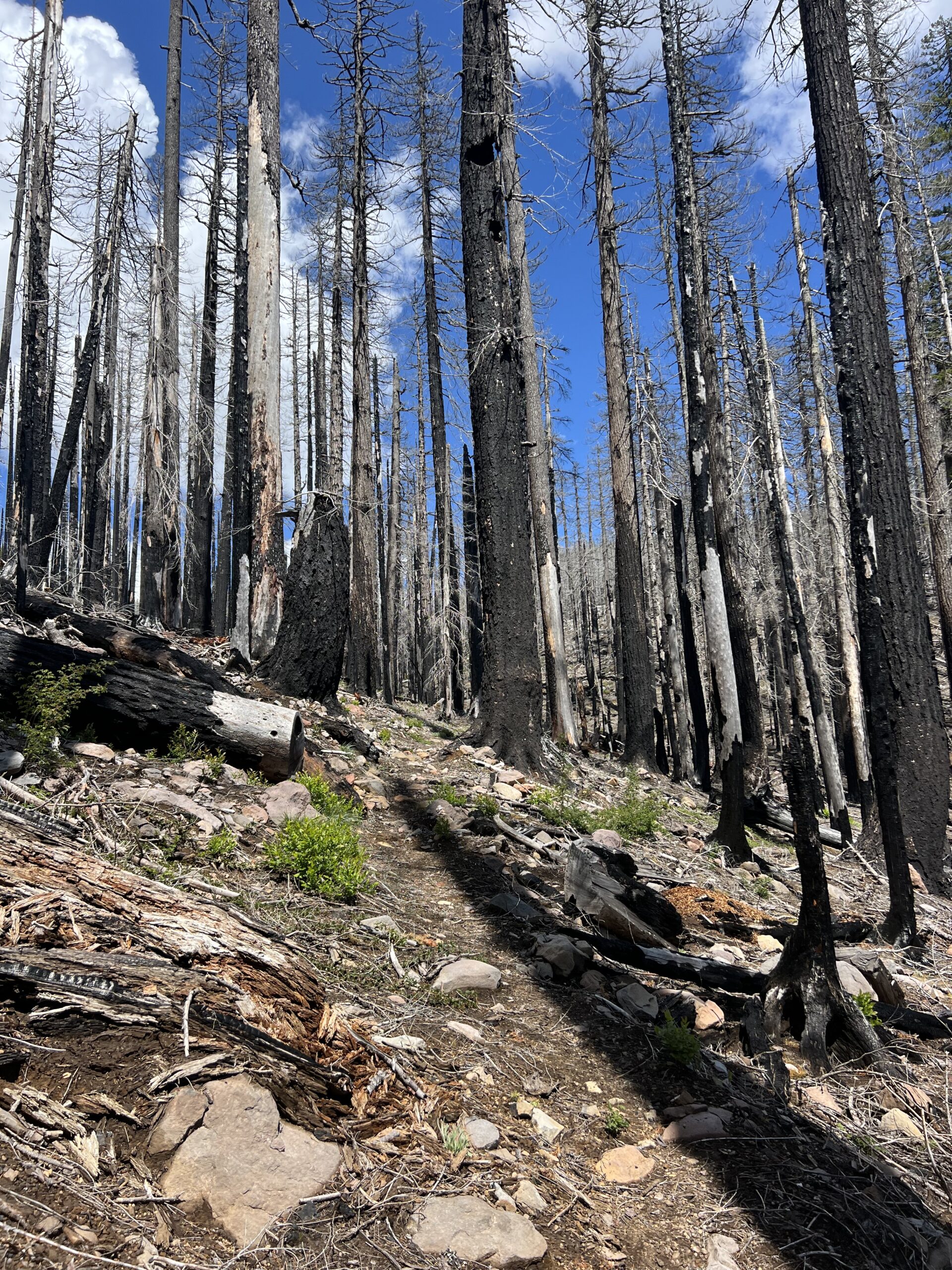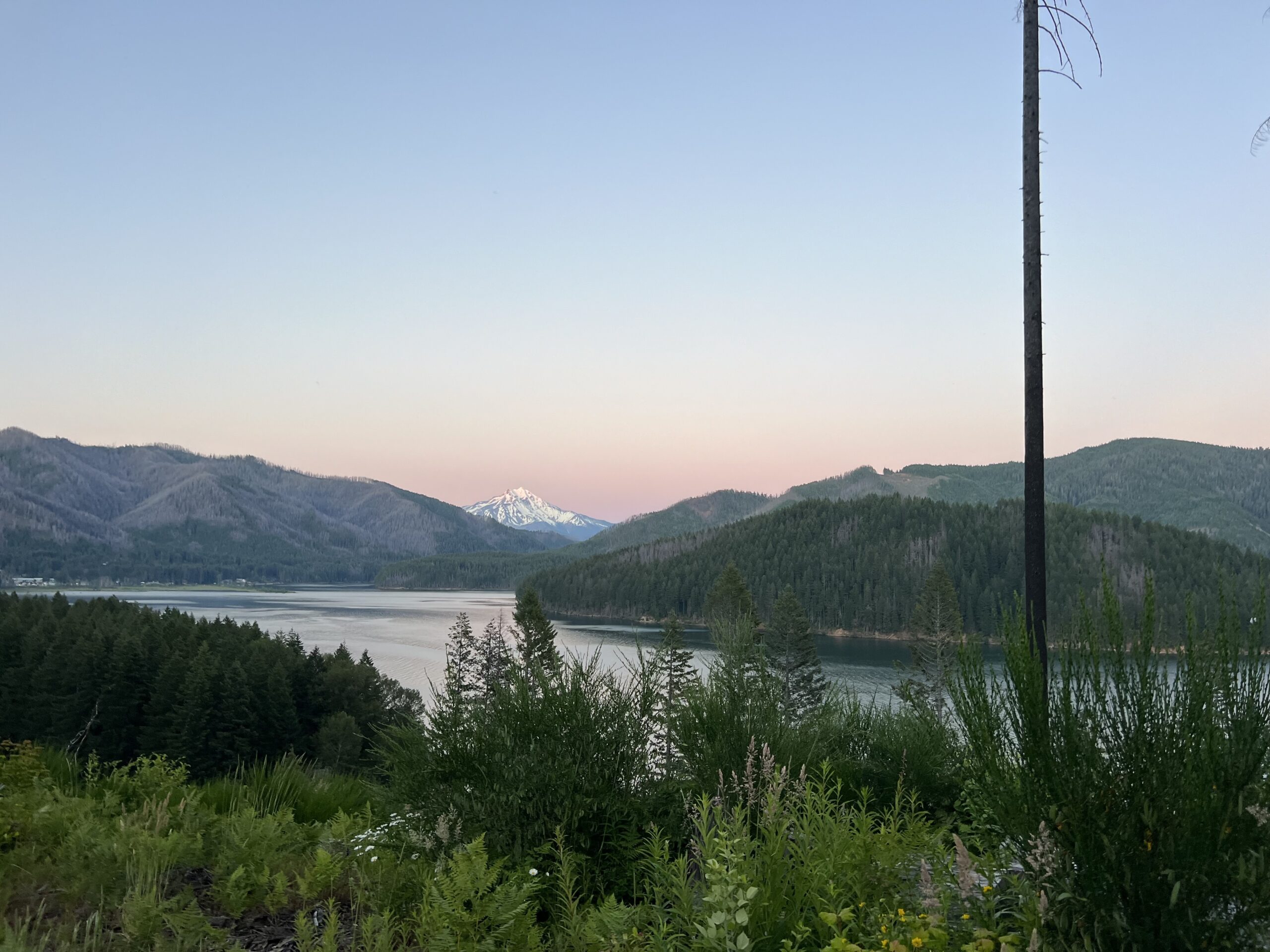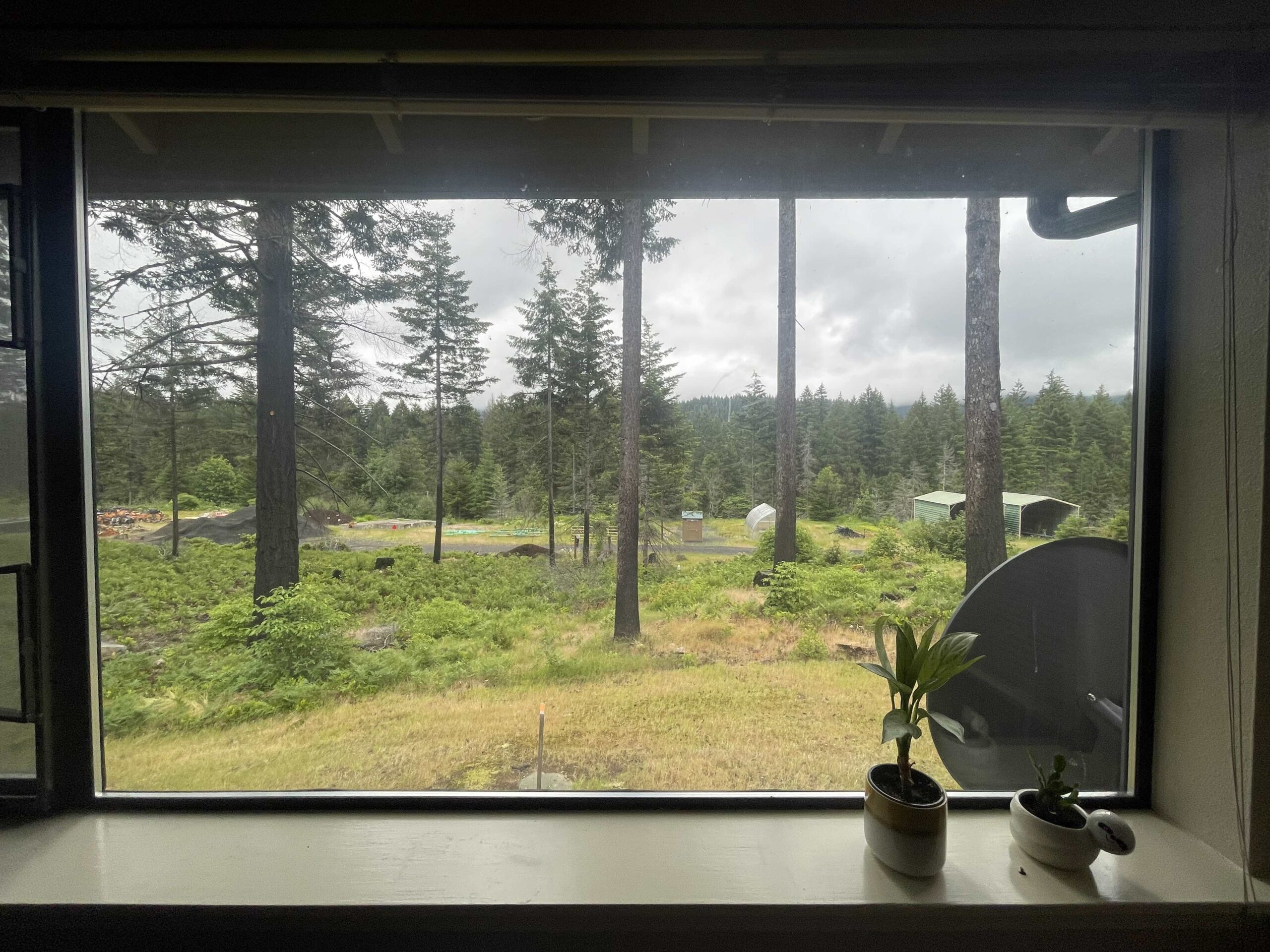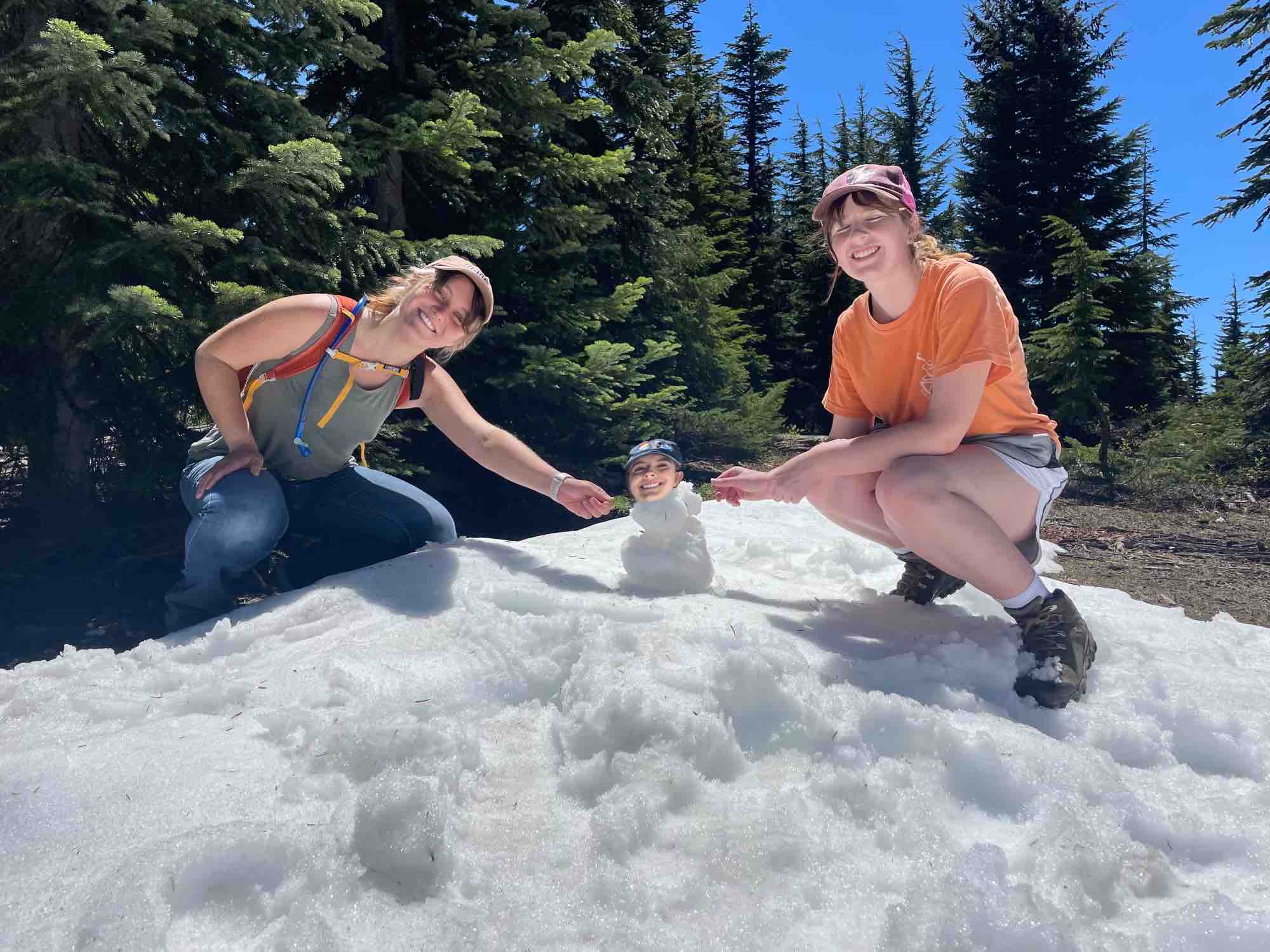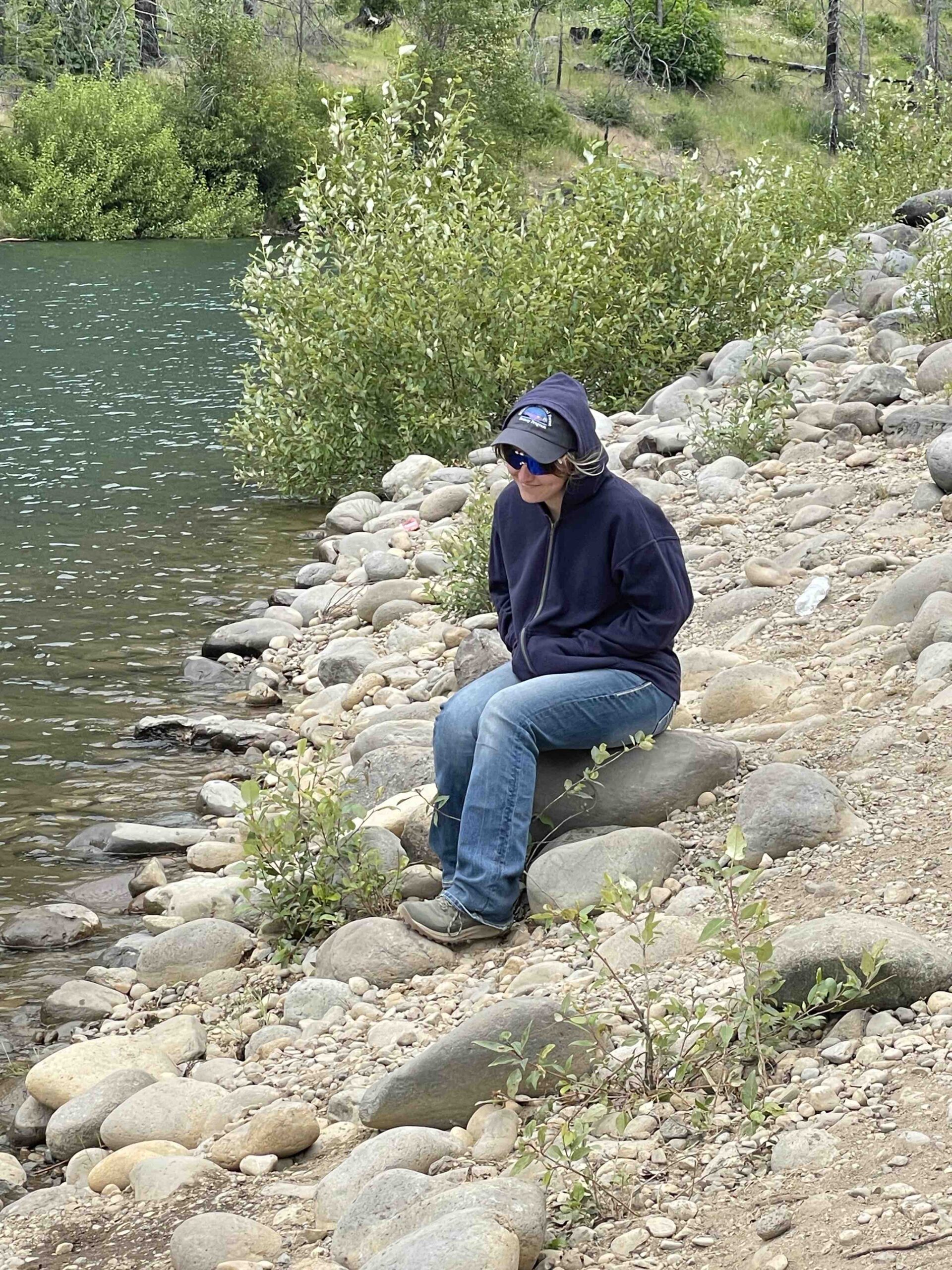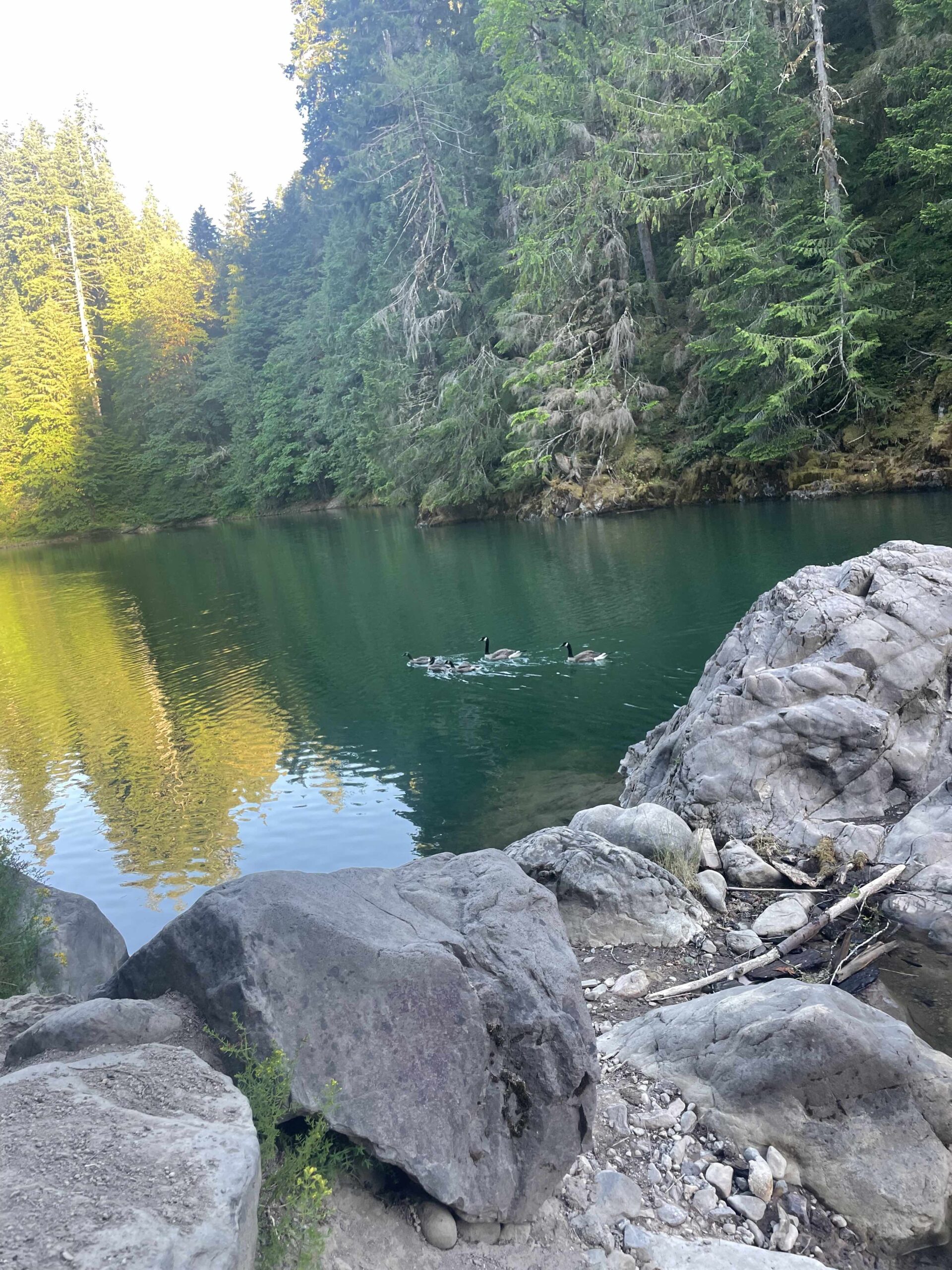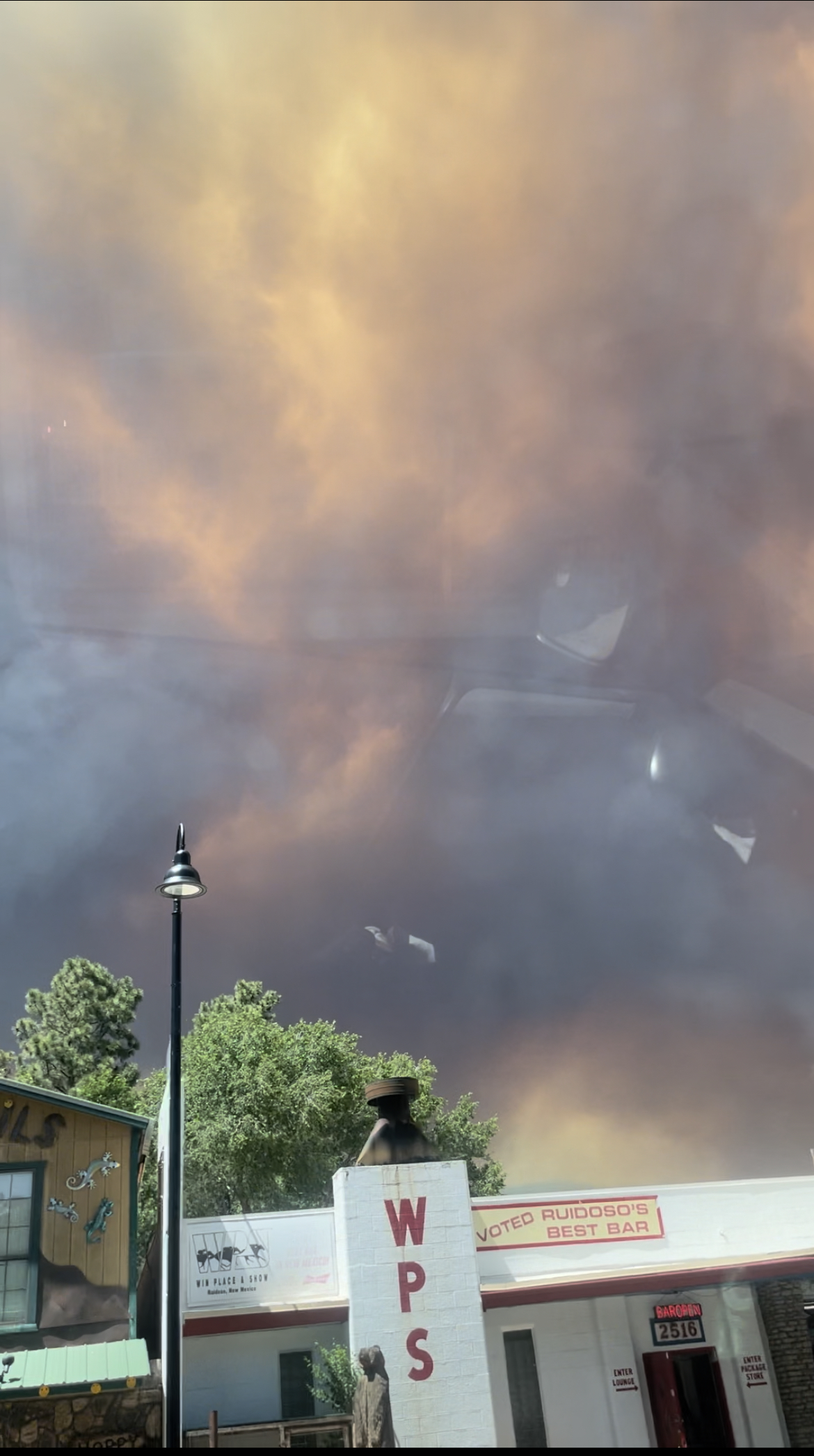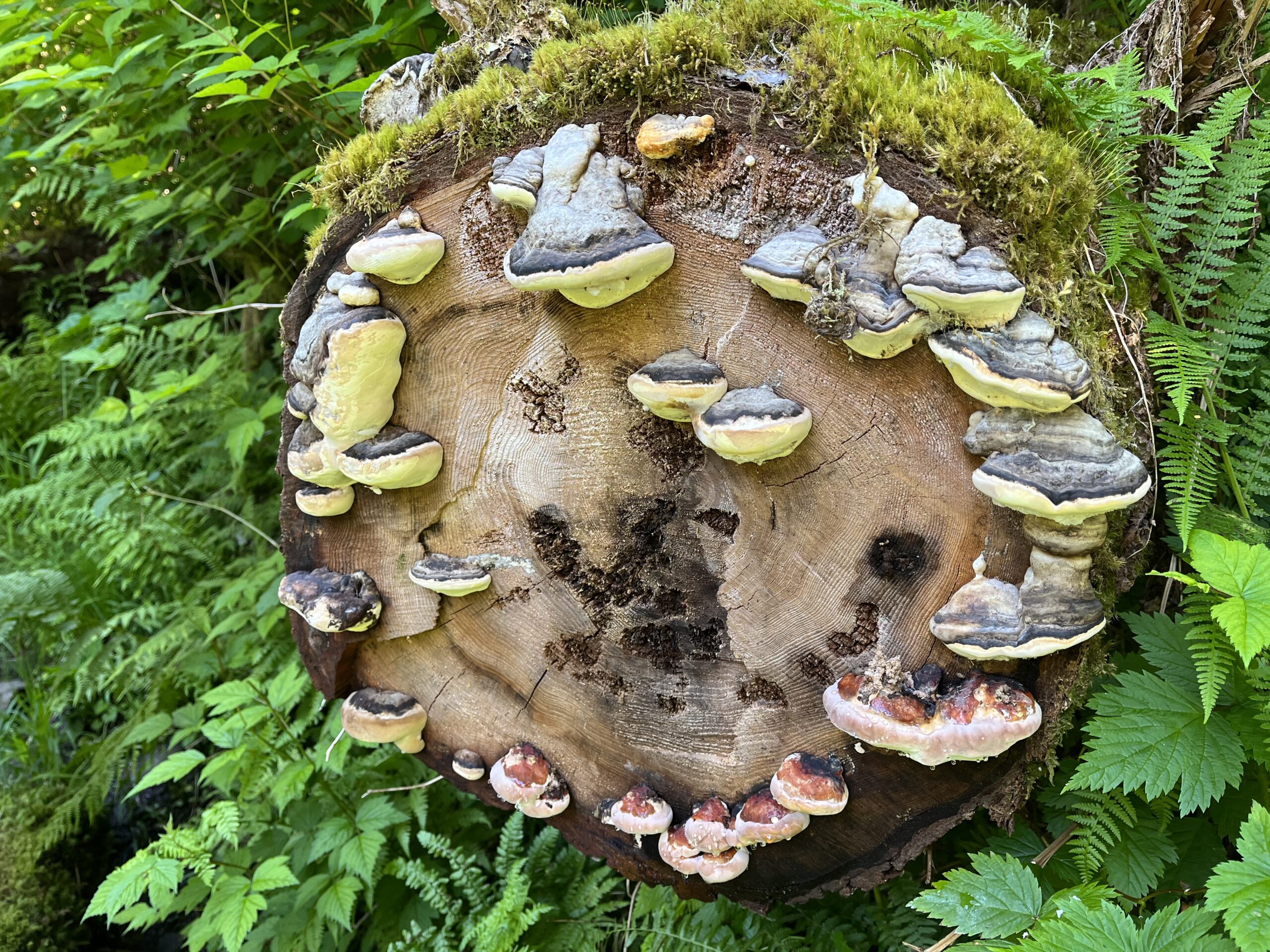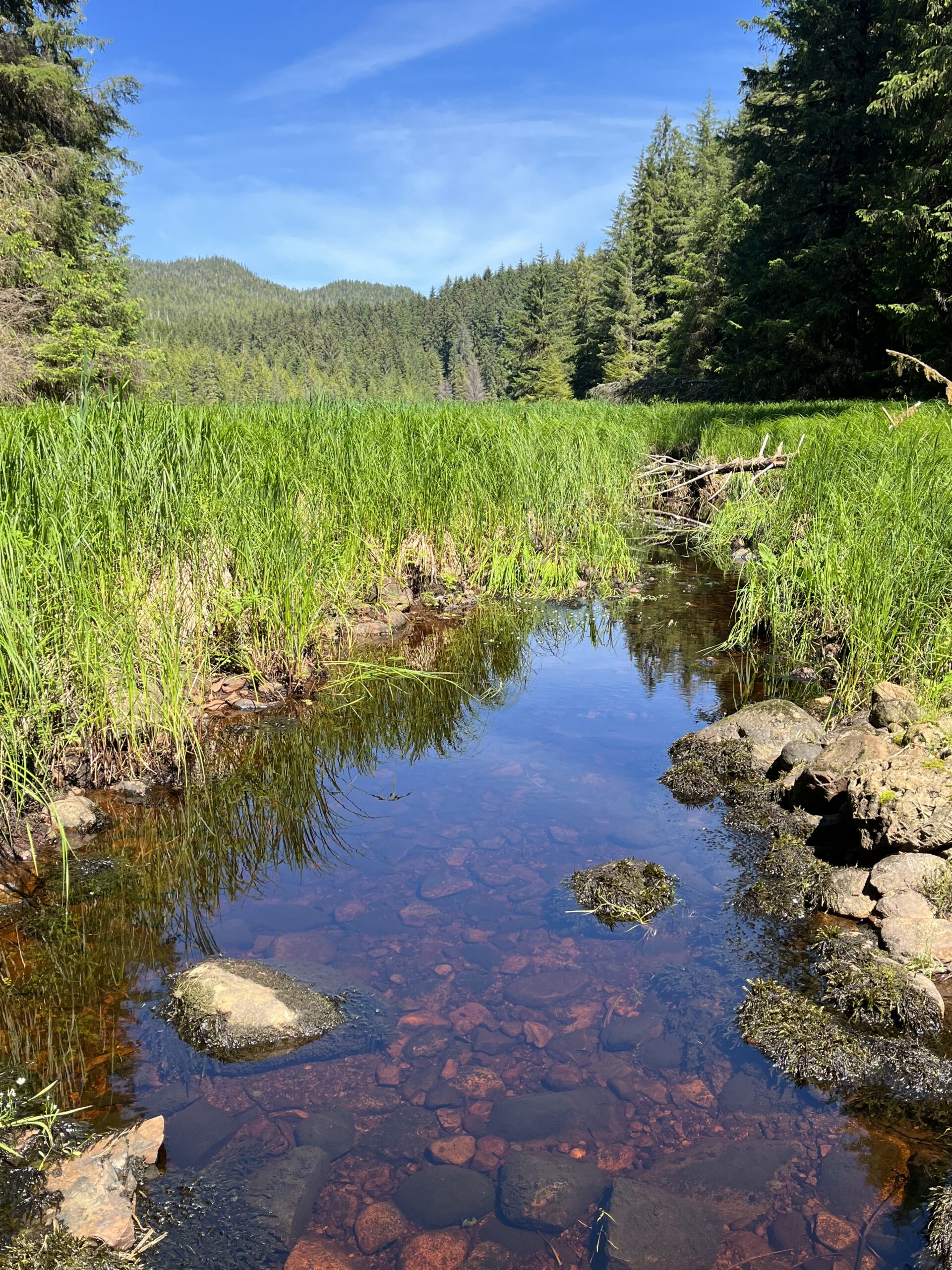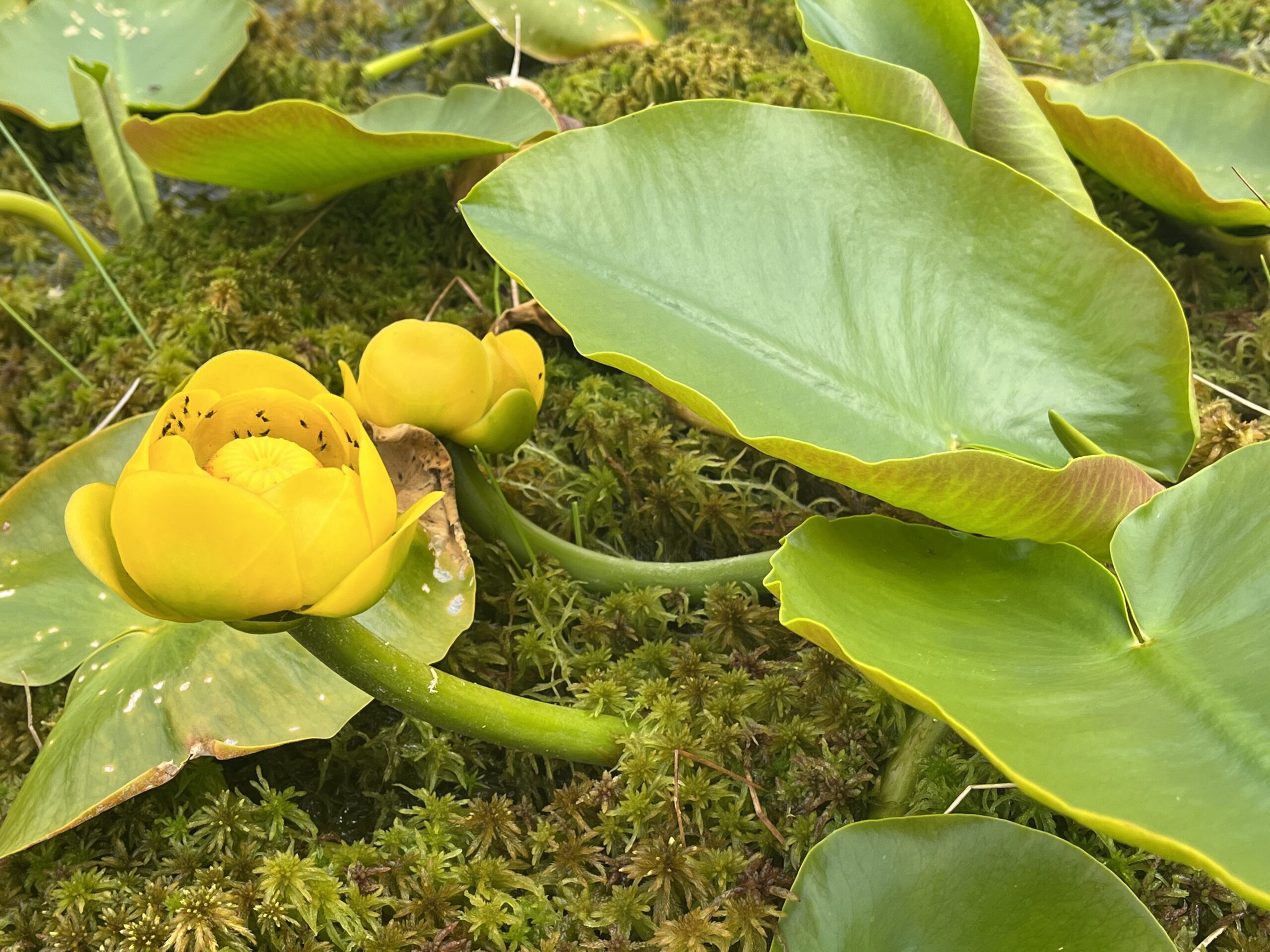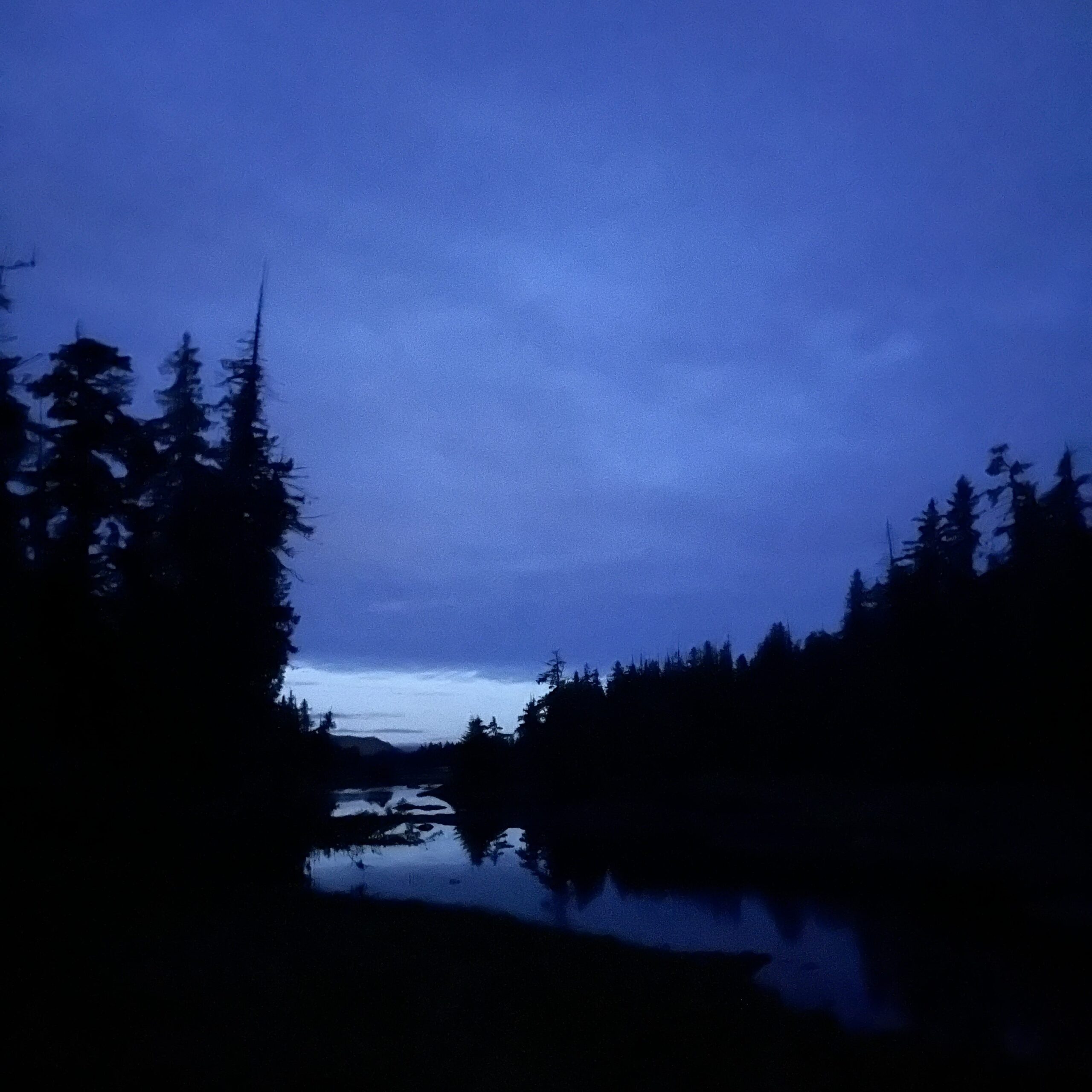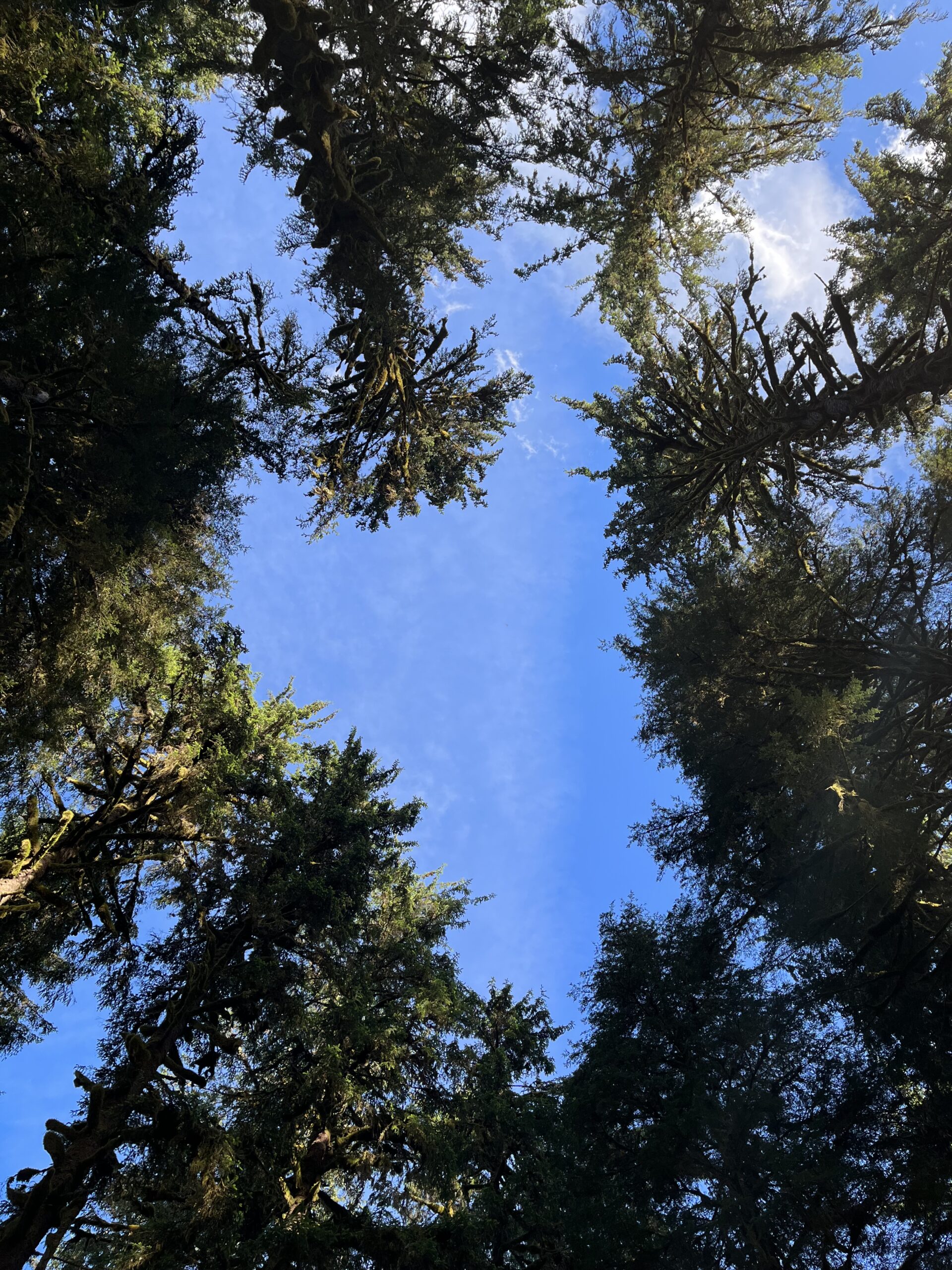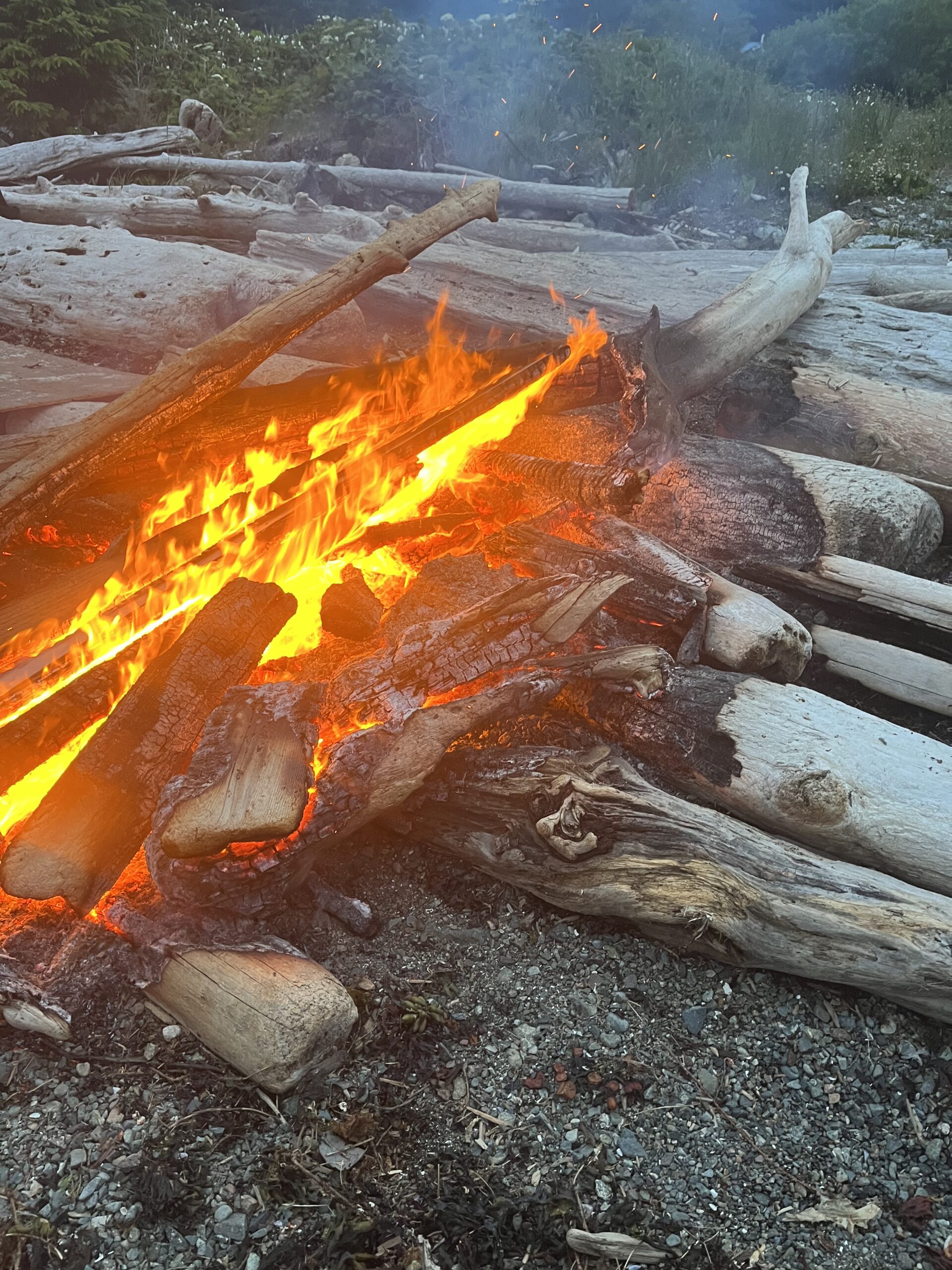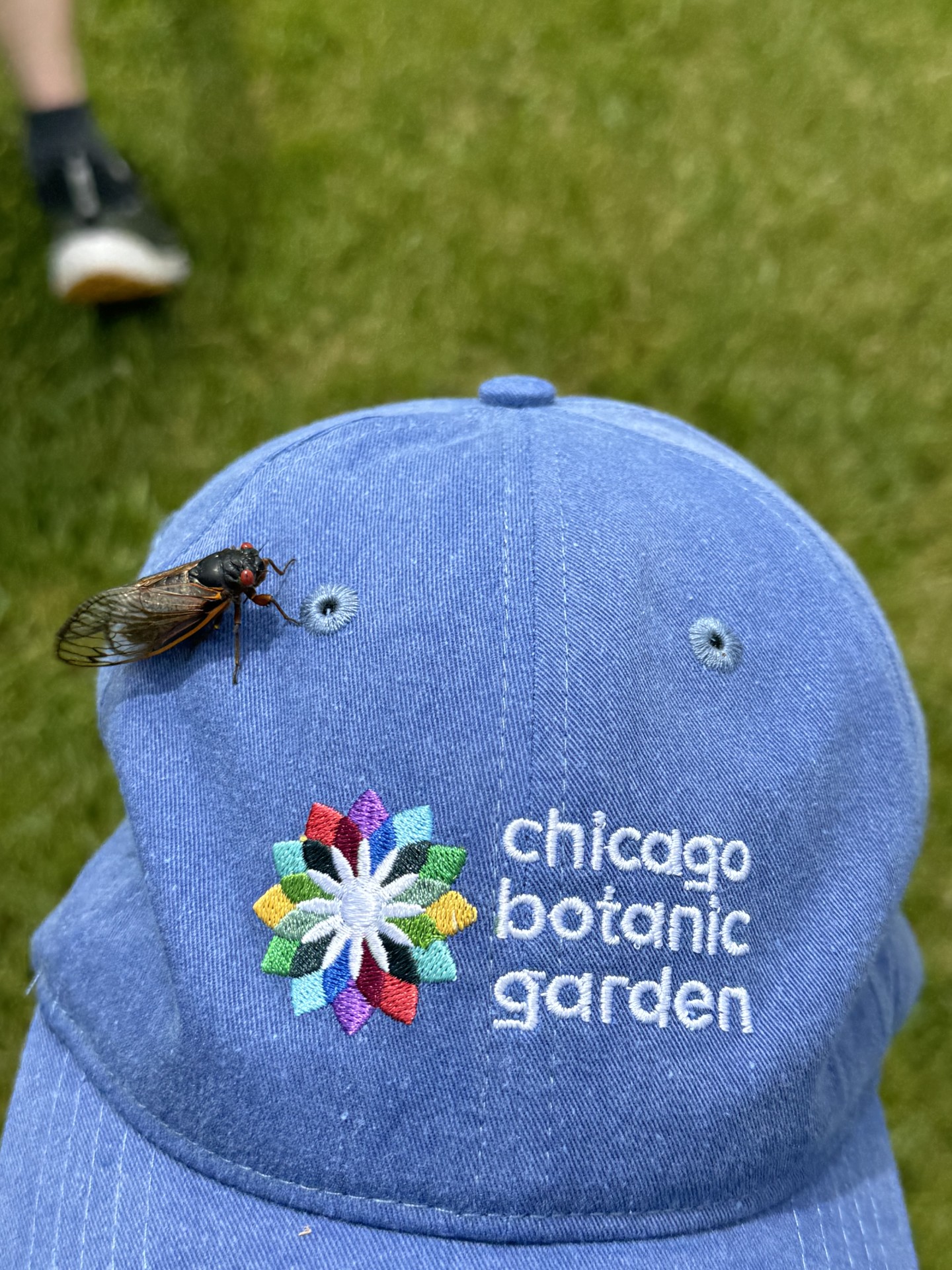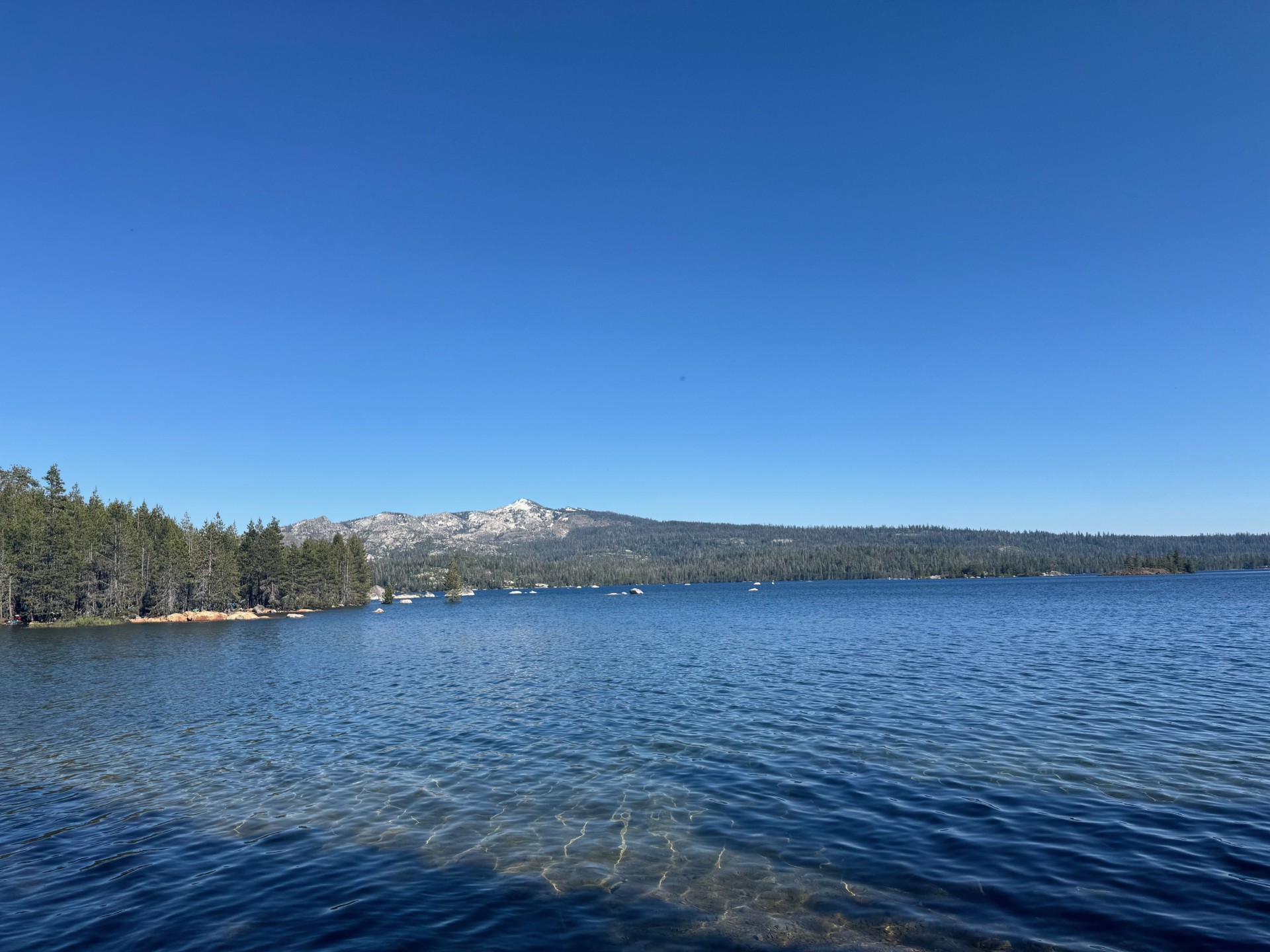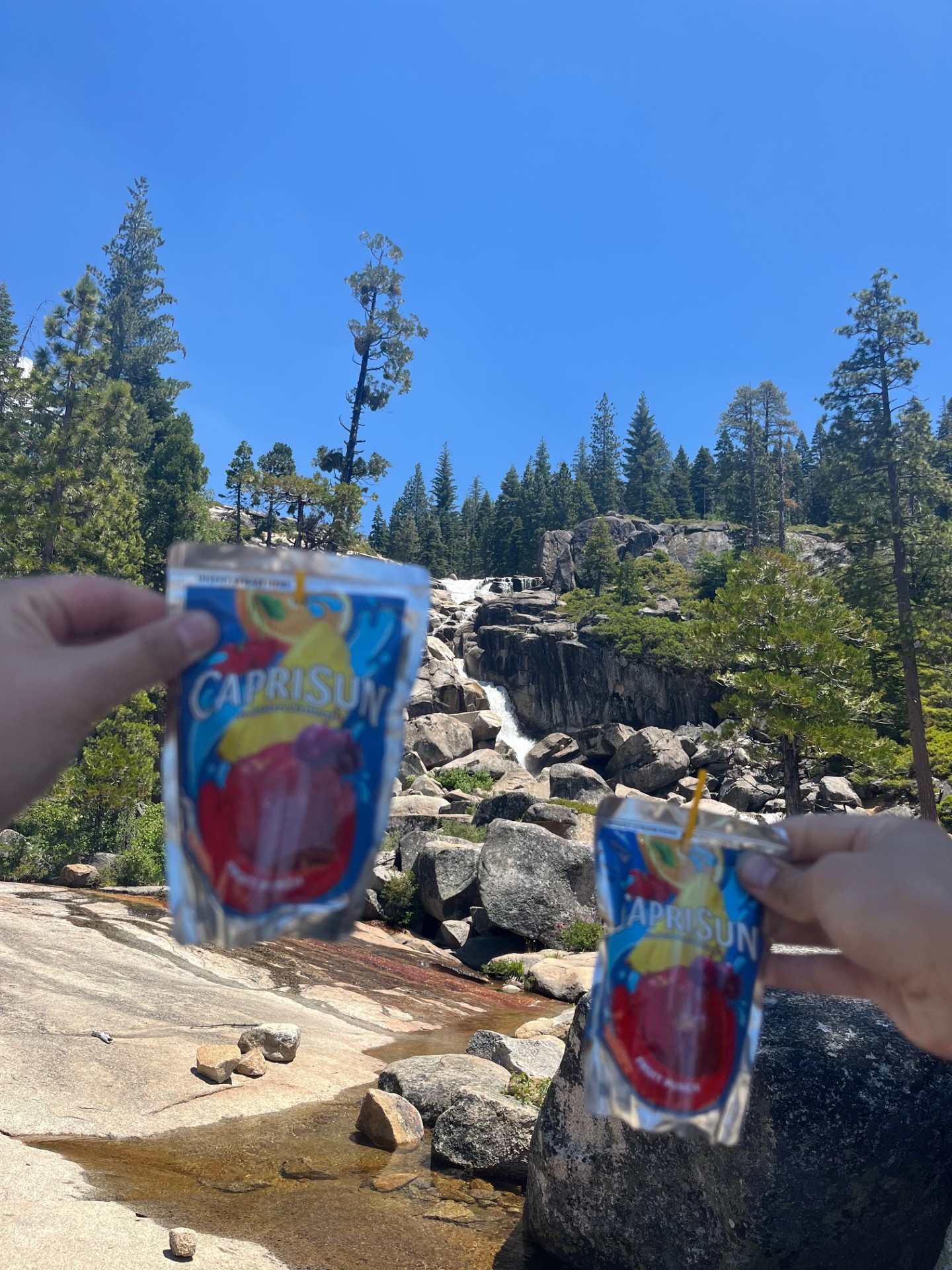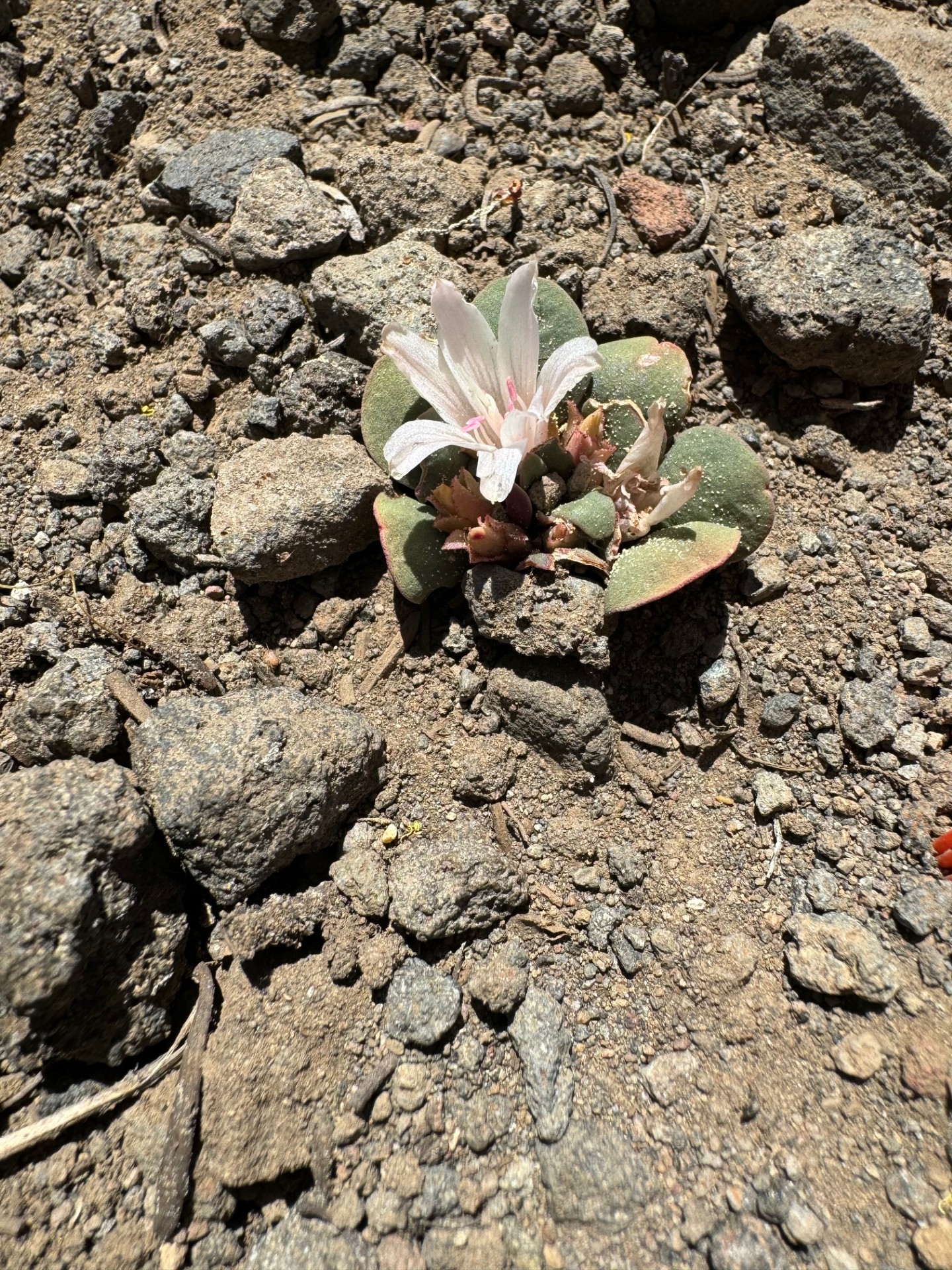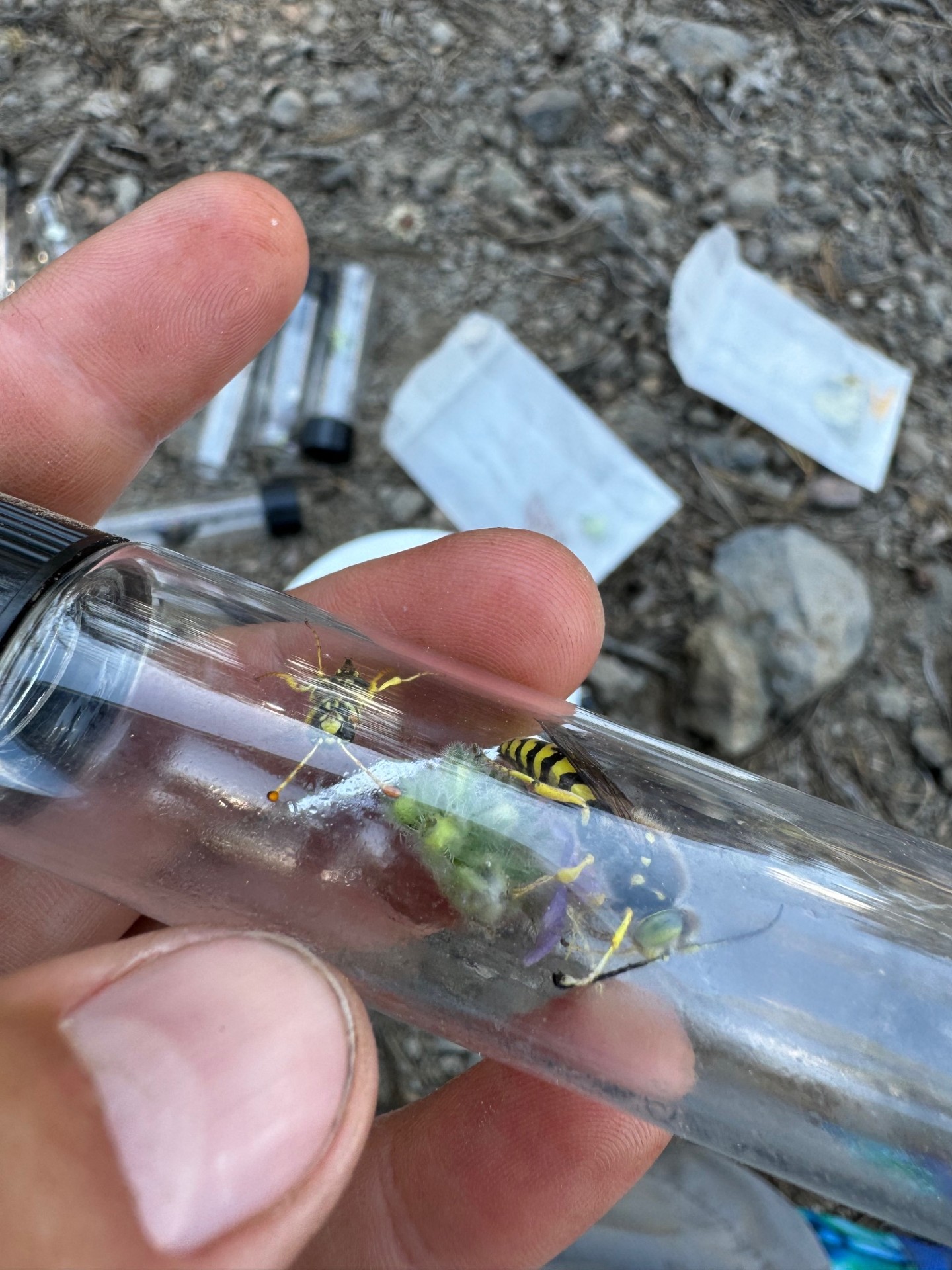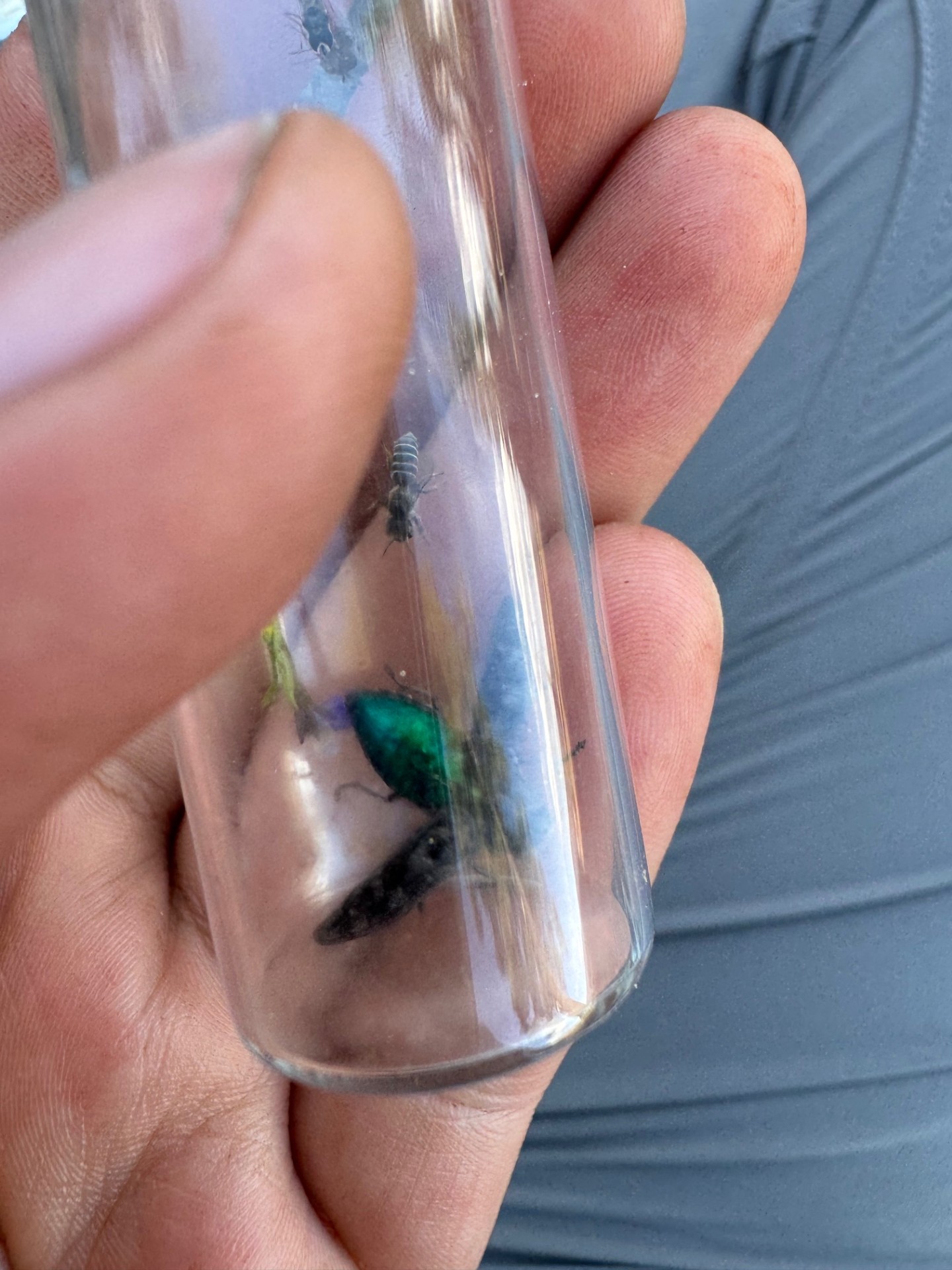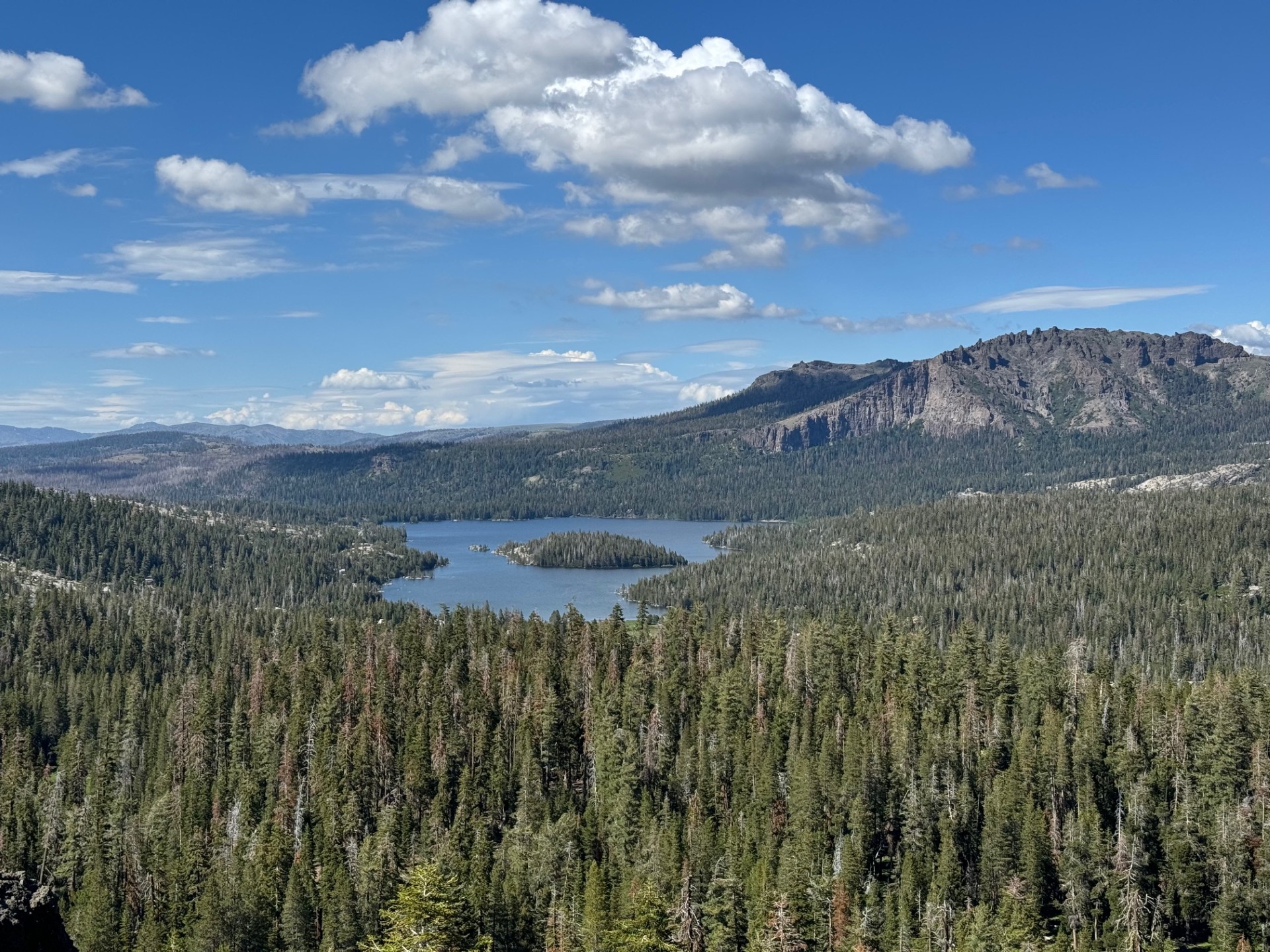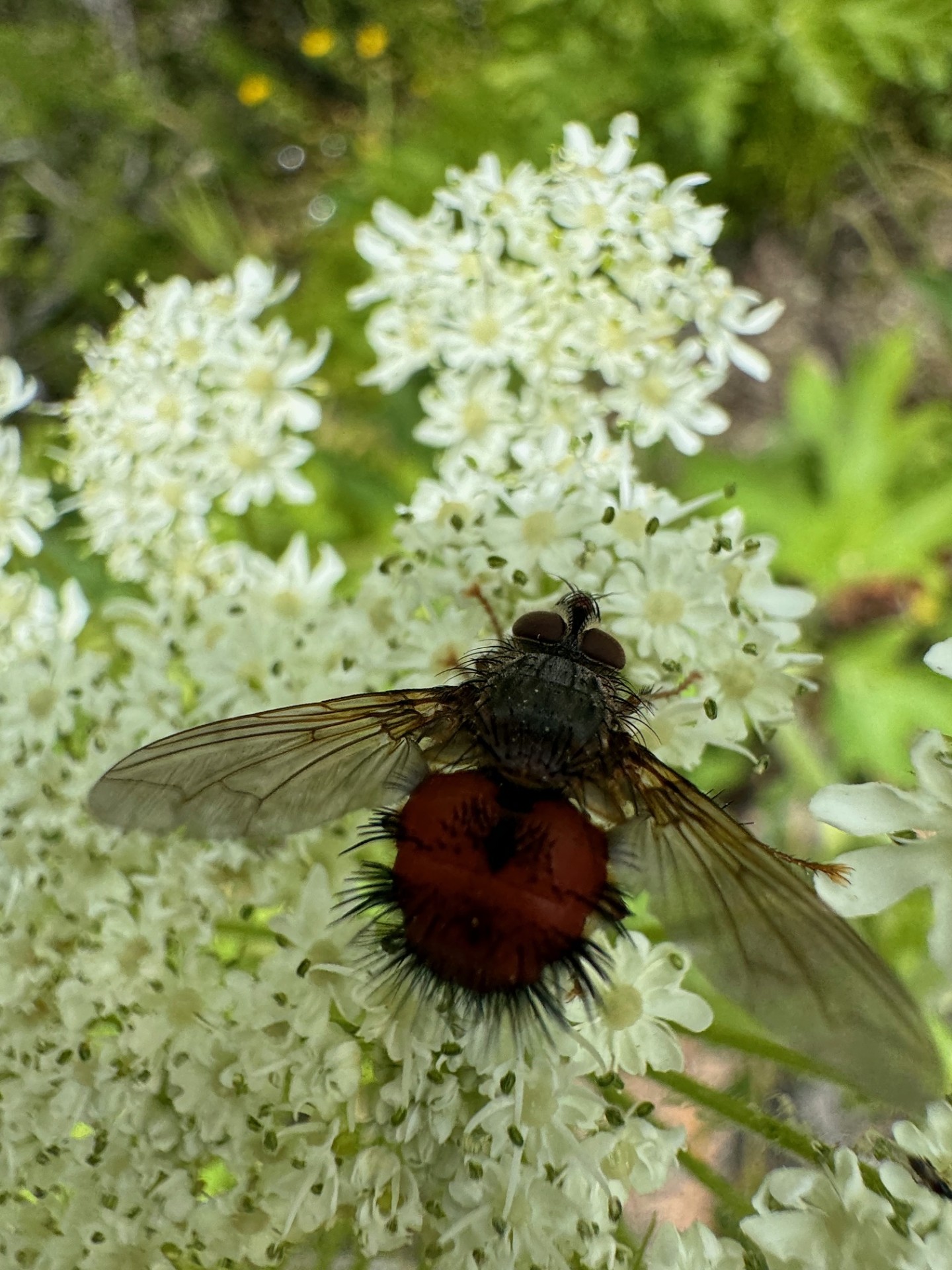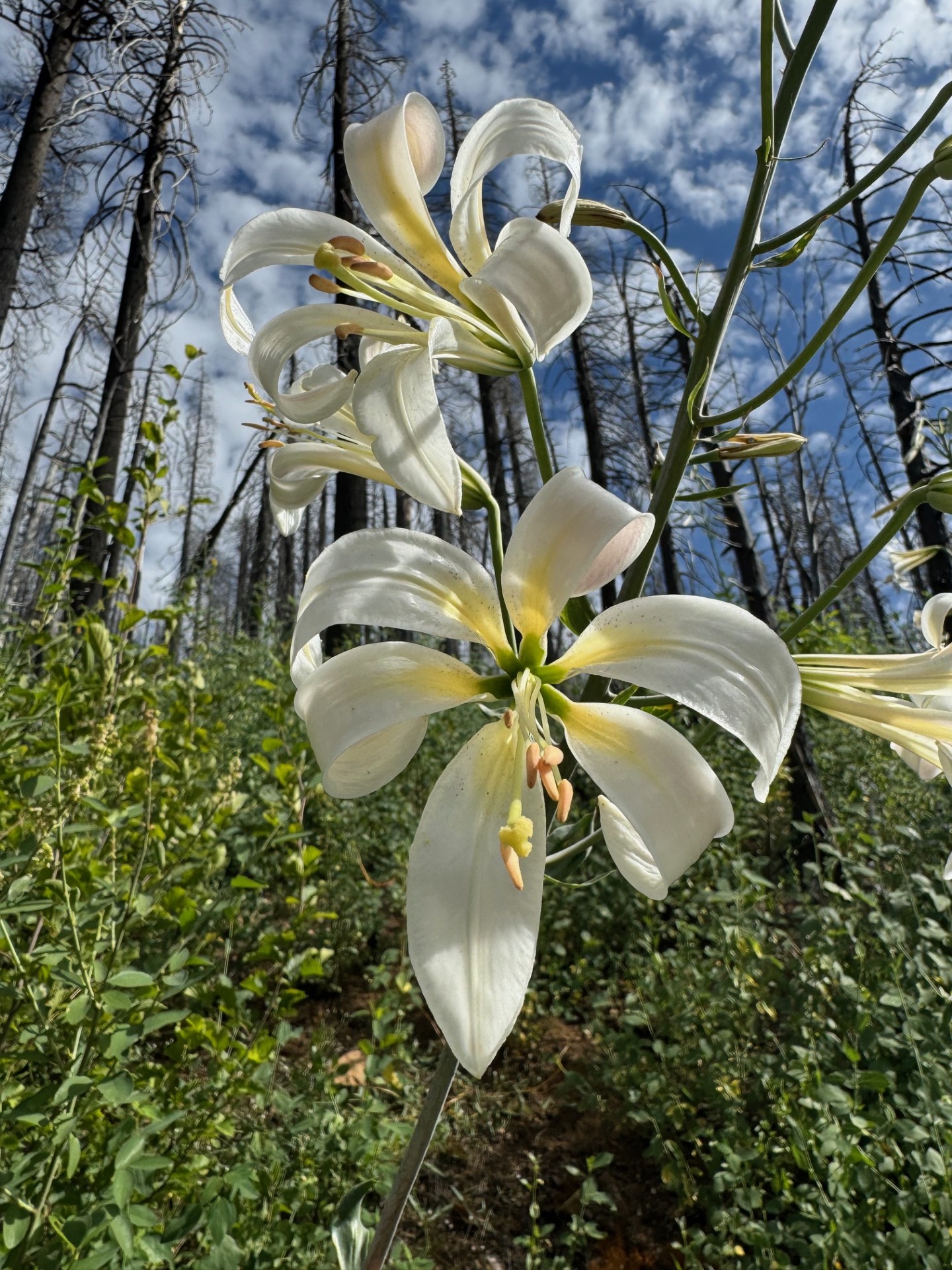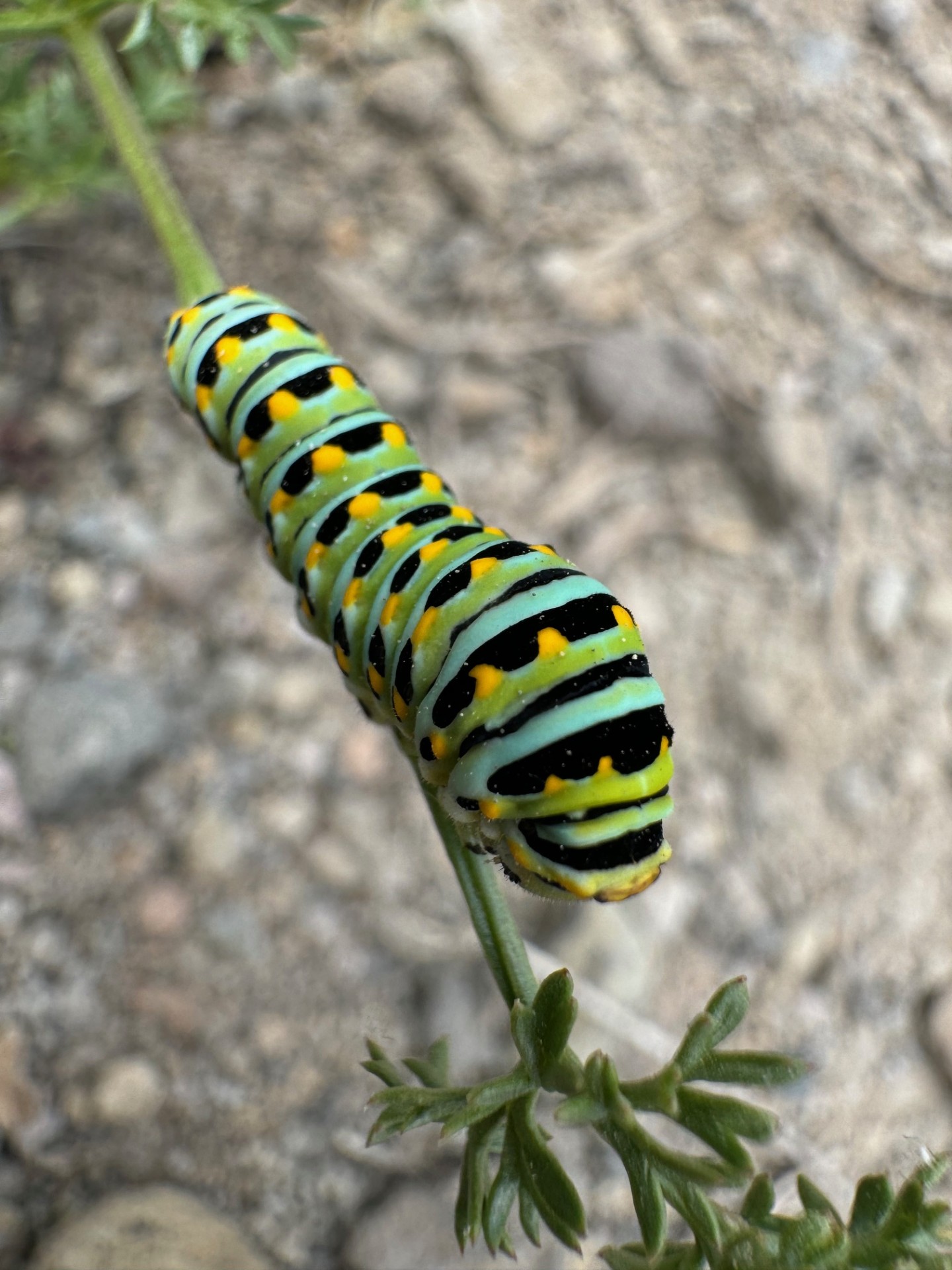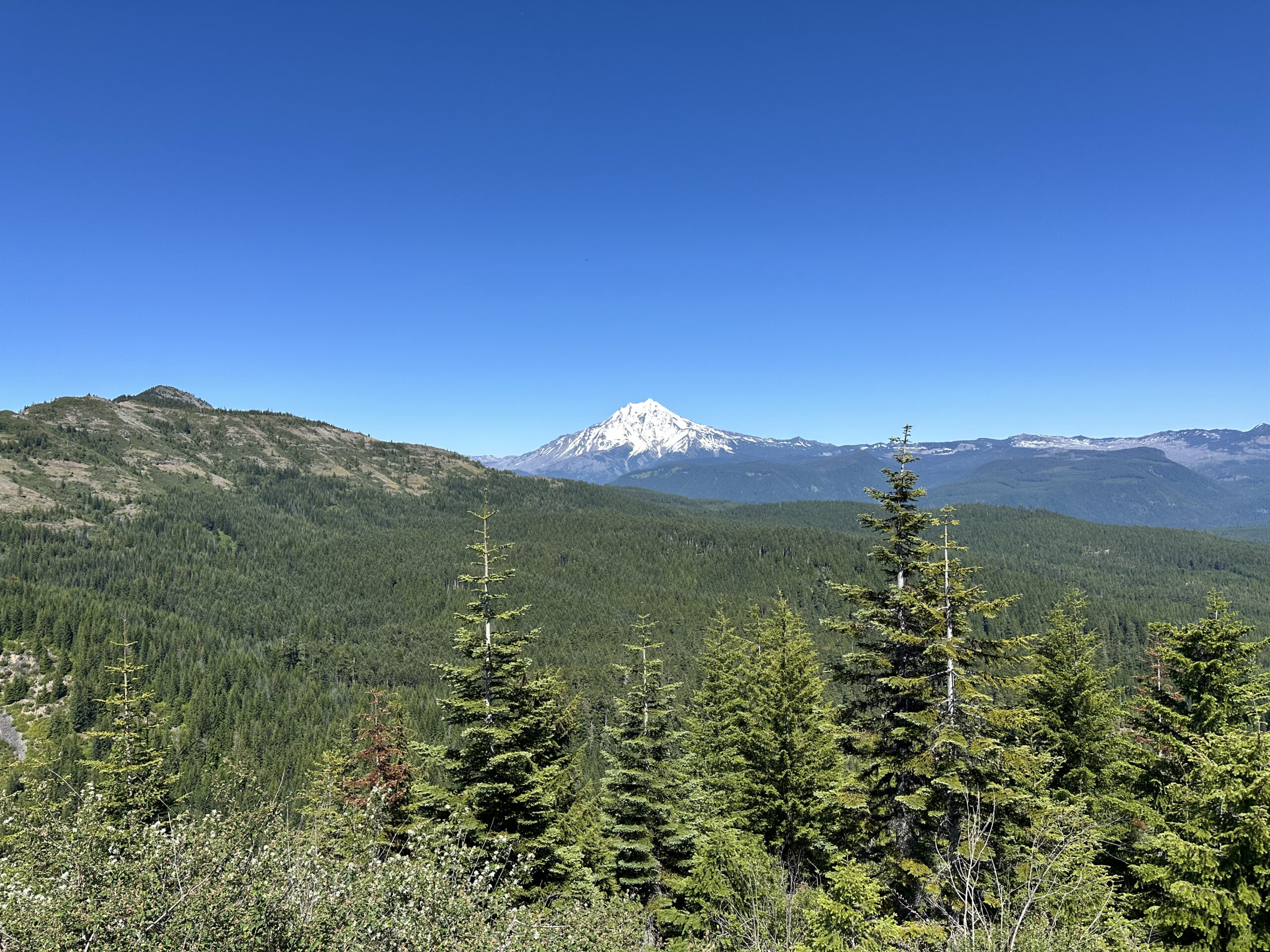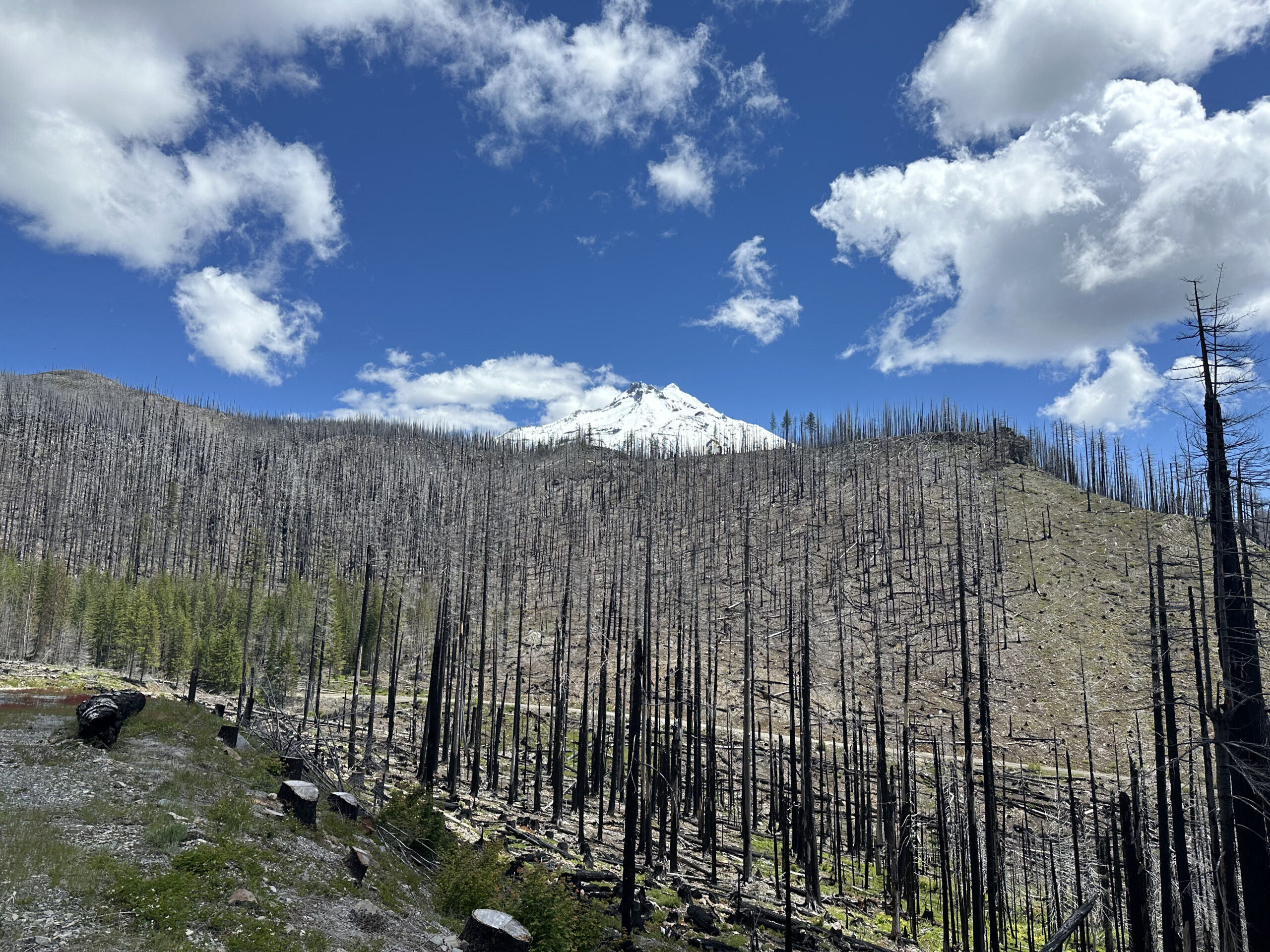Starting a new job means learning a lot of new names, and not just my coworkers’.
“Do you know who this is?” William asked, staring at a stem of grass in each hand.
I looked at Cicely, my fellow CLM intern, and then back at William. We were at a loss, and honesty is the best policy. “Um, no.”
He broke into a huge grin, shoving the plants into our hands. “It’s Timothy! In the boot!”
We quickly learned that our newest friend was Timothy grass, aka Phleum pratense, and “in the boot” is botany slang for when the panicle is still developing in the leaf sheath (read: the fluffy part of the grass hasn’t popped out yet). Cicely and I have only been working for about two weeks now, and our time has been mostly split between threatened species surveys and trainings. Lots of matching the face to the name, morphology to binomial nomenclature.
At this all-day grass workshop that William was leading, we spent most of the day going through dichotomous keys and practicing identification skills. There is nothing like sitting on the forest floor and measuring awn length through a loupe. Truly nothing like it.
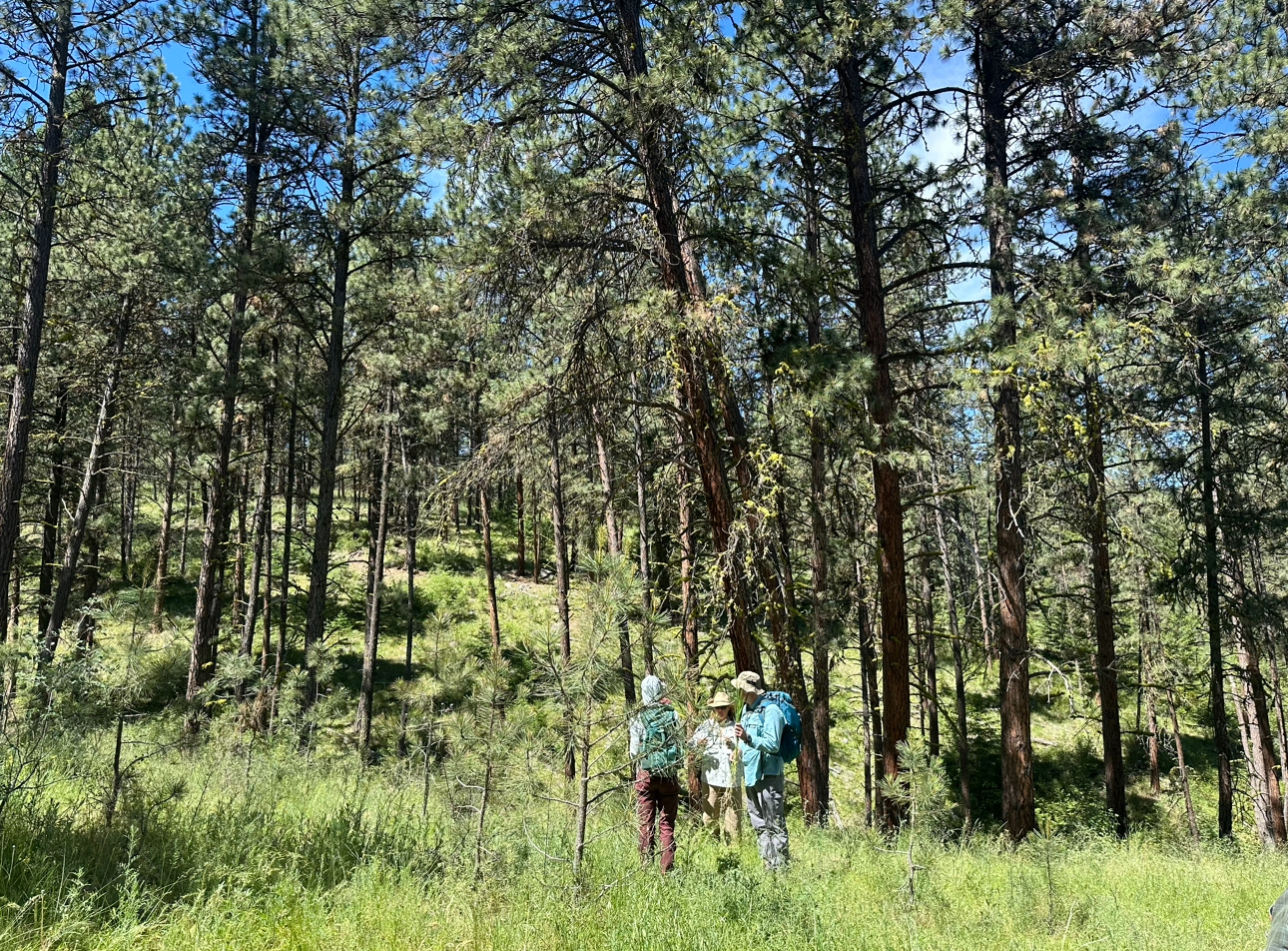
Our training also included “Deb Day” where Deborah Goslin, a retired botany technician and wellspring of knowledge, drove us around various sites and showed us many of the species our Forest Service site monitors. Deb really instilled in us a ‘stop and smell the ponderosas’ attitude. I am developing a reverence for the ecology of this forest: green on verdant green, strong-standing Douglas firs protecting the nodding onion in the understory below, how the tubular scarlet gilia is shaped so perfectly for the Rufous hummingbird’s beak. In the most literal sense of the term, it is awesome.
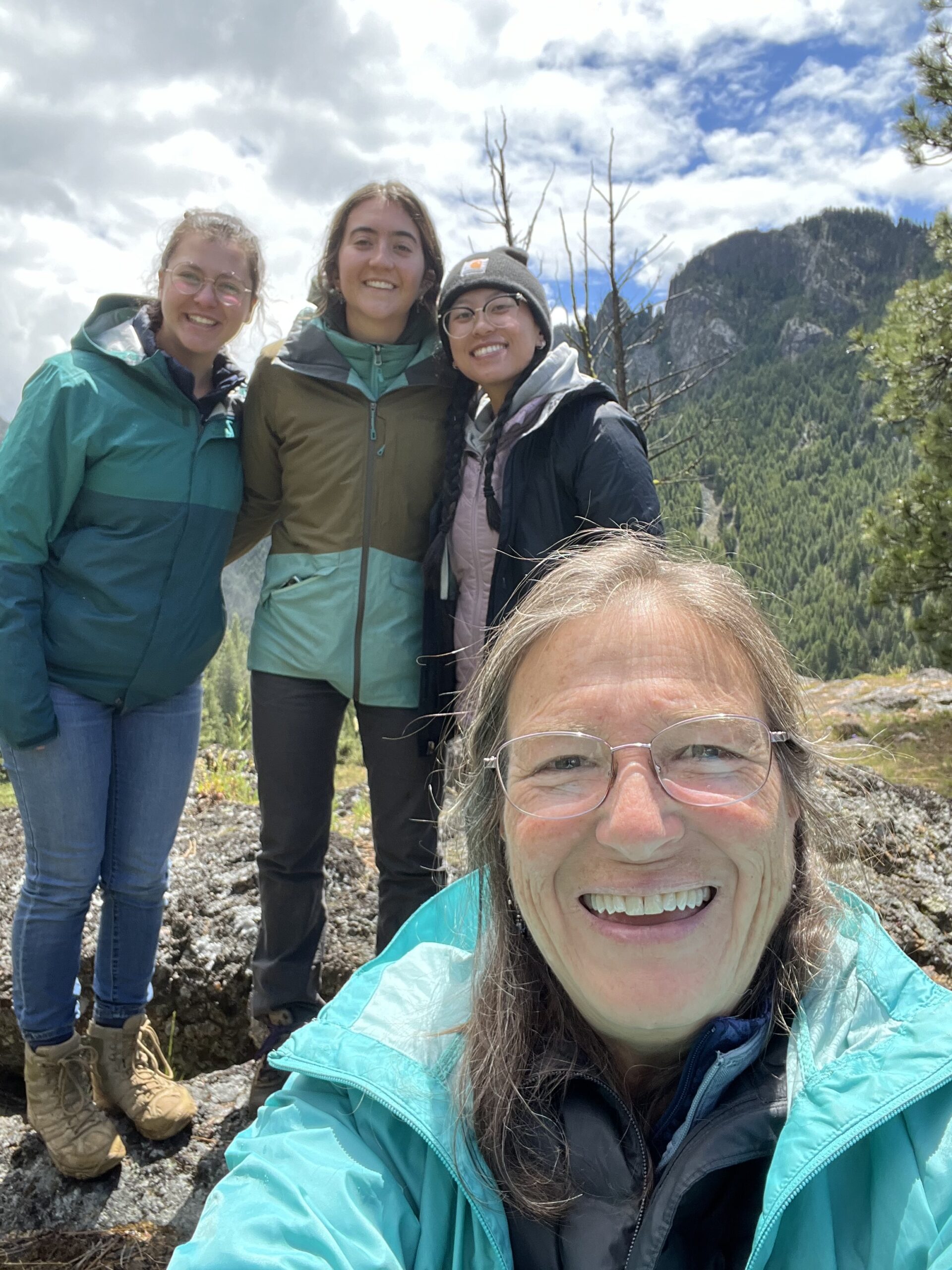
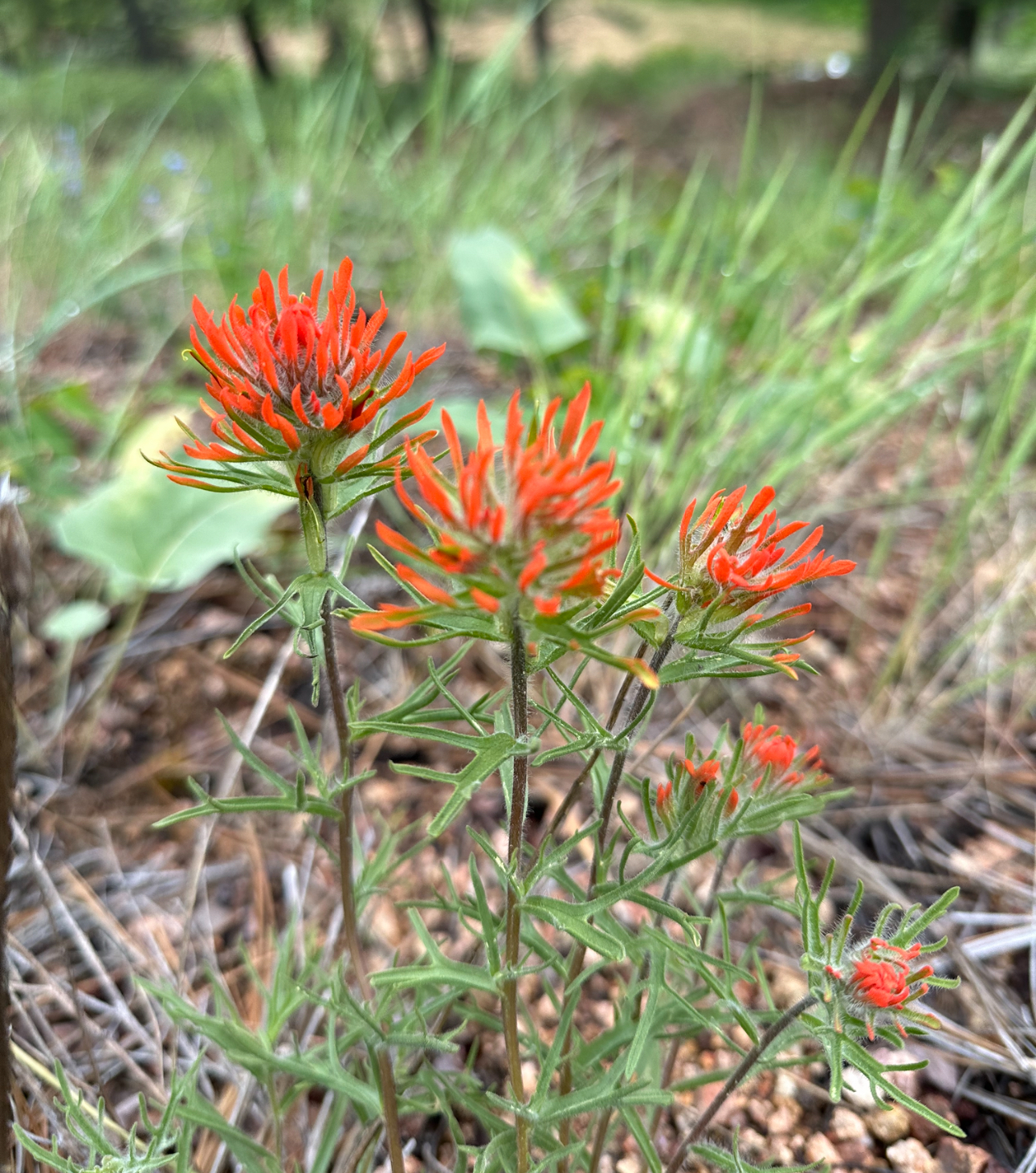
I feel like I’m learning so much every day that my brain is going to expand into my skull Megamind-style. Something that botany is teaching me is how names hold so much meaning. Take, for example, Lewisia rediviva (pictured below). Genus Lewisia is named for Meriwether Lewis of the Lewis and Clark Expedition, who ate this root on his journey and collected specimens for Western botanists. The term rediviva comes from its ability to ‘revive’ from roots that could seem dead or dry – a useful skill in hot, rocky environments and intermontane grasslands. However, long before it had a Latin name, it went by several Indigenous names, including the Salish sp̓eƛ̓m̓ (spetlum) which means ‘bitter’. French trappers and traders also noted the bitter taste and called it racine amère, which translates directly in English to bitterroot!
From just a few words you can see the plant’s life cycle and its history with humanity. Isn’t that incredible? I saw my first bitterroot in bloom while on a hike in Missoula, before even entering the eponymous valley. It’s hard to name the feeling I had, seeing the plant that is so integral and defining to this place. Gratitude, responsibility, and joy are all true, but don’t seem to cover the depth of it. Regardless, those pink petals were the warmest welcome anyone could ask for. I’m so excited for the rest of the season in Bitterroot National Forest.
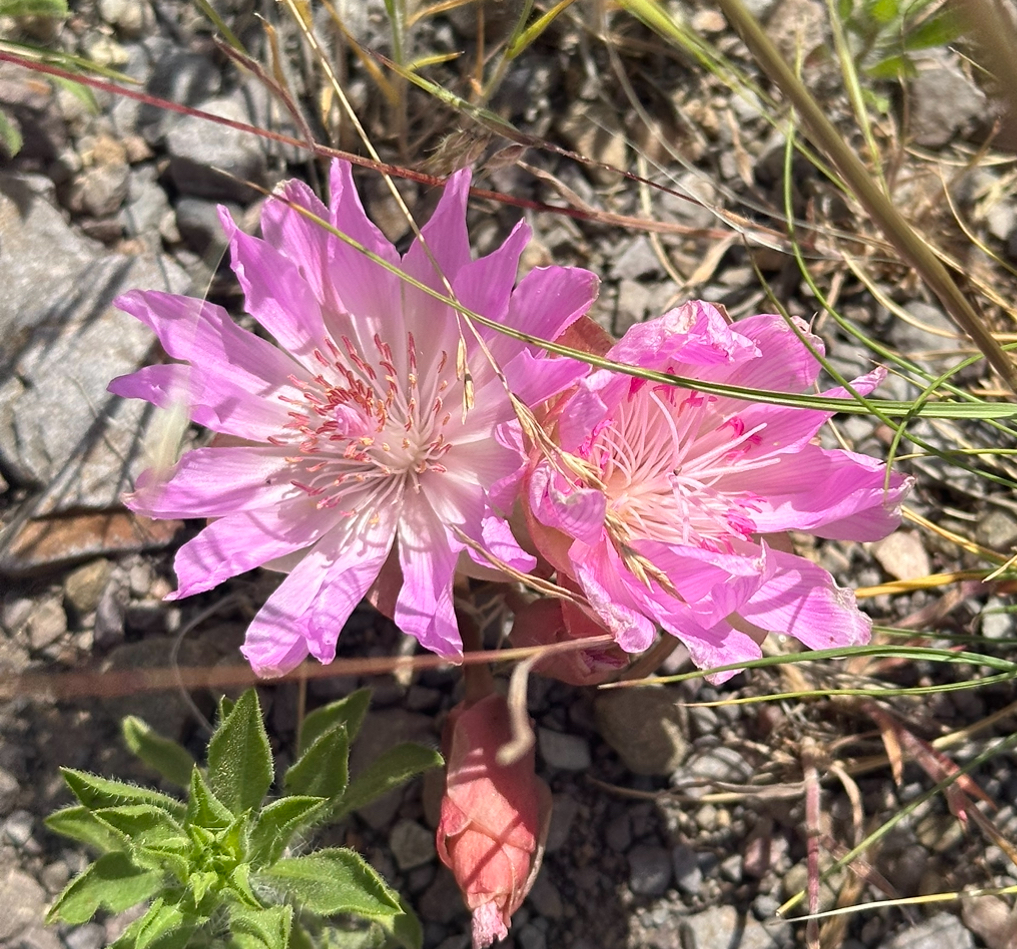
Until next time,
E

